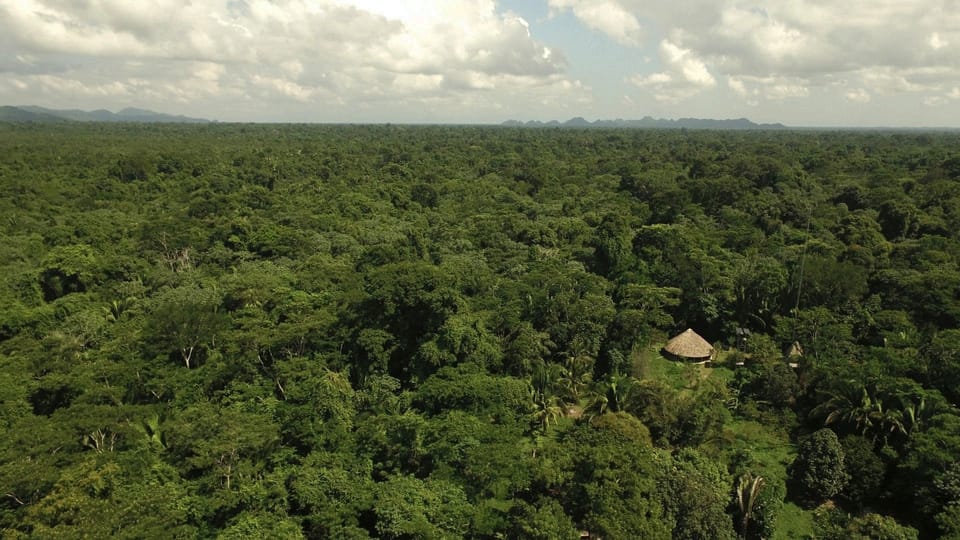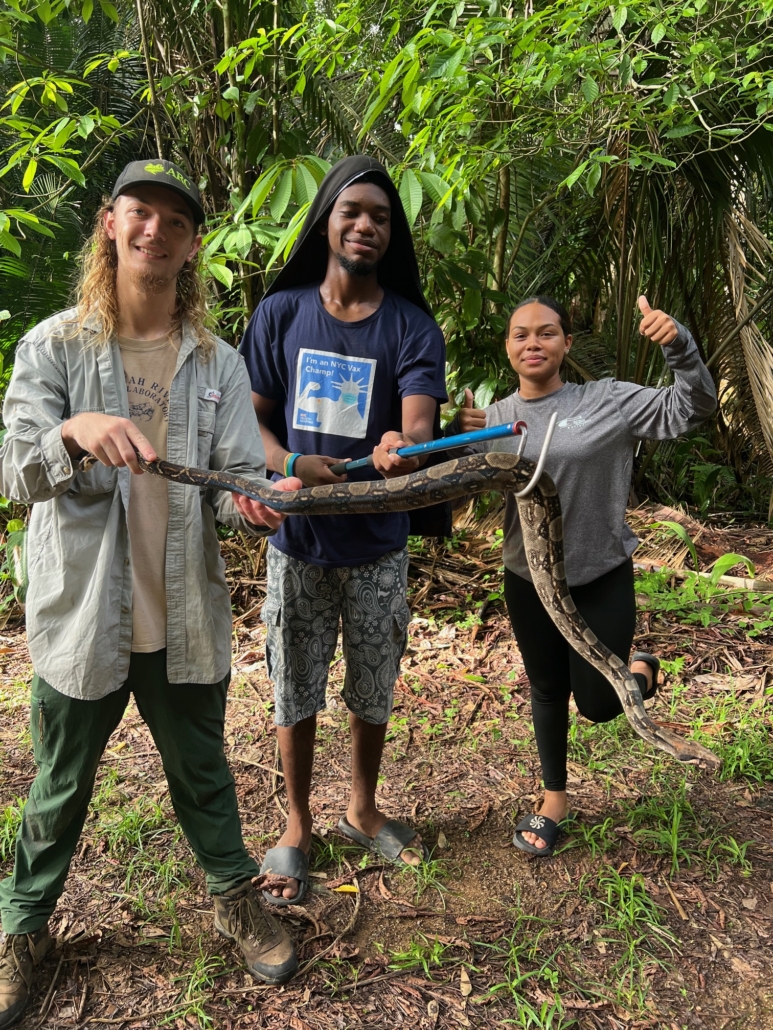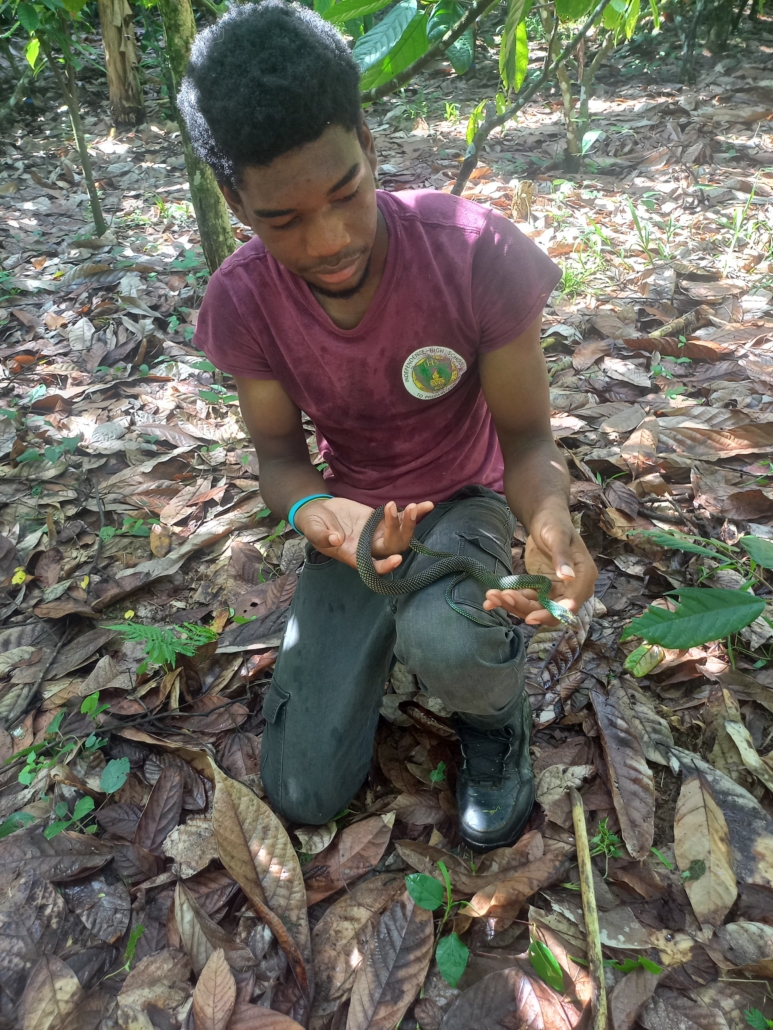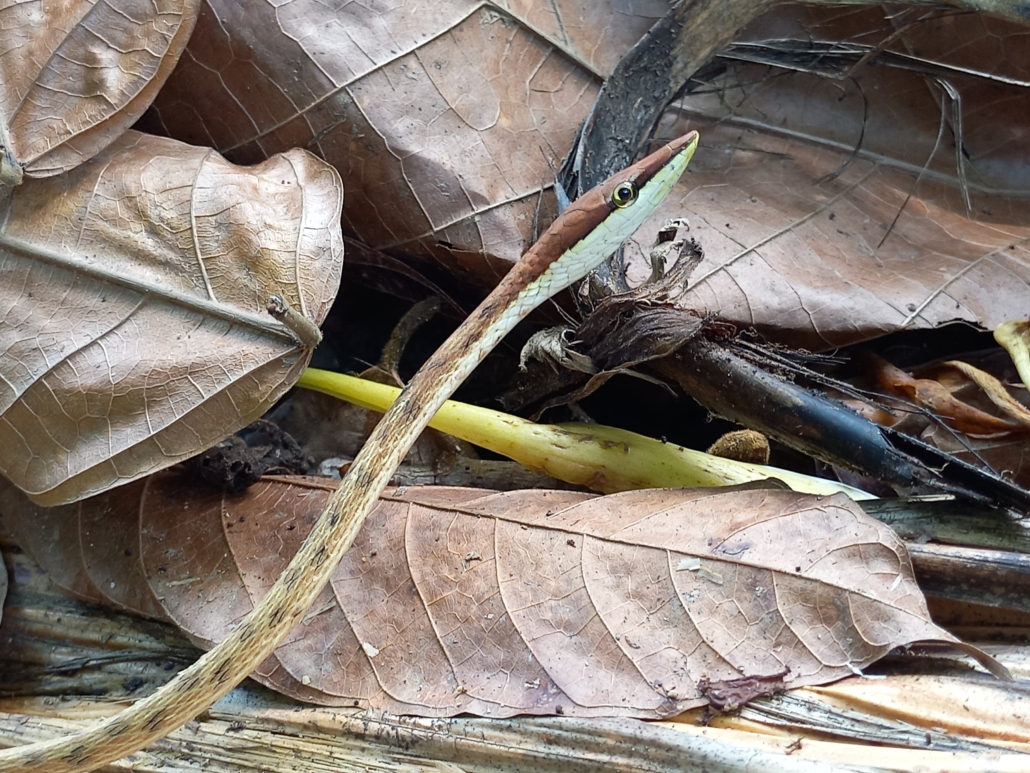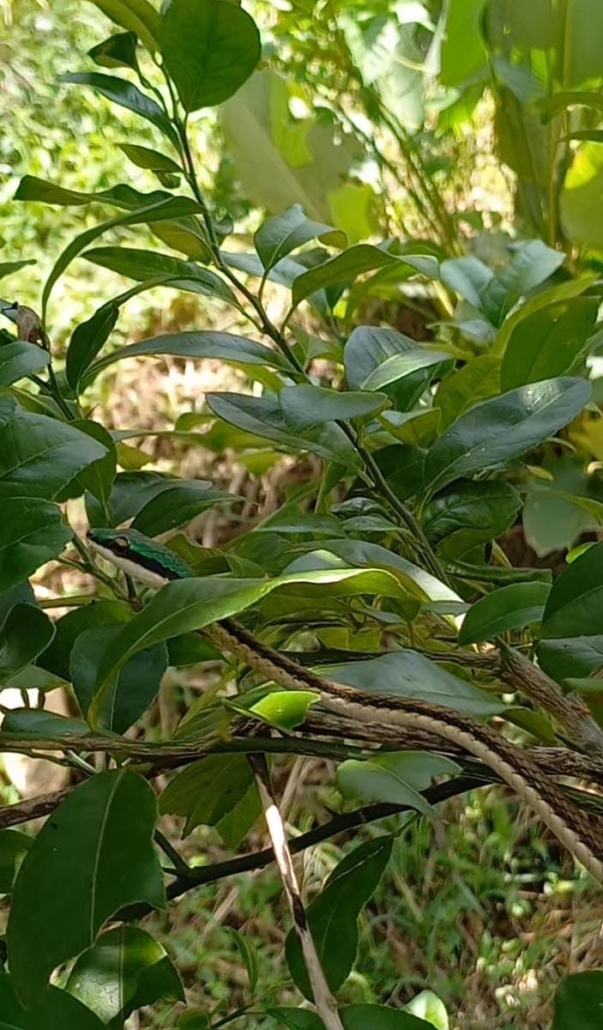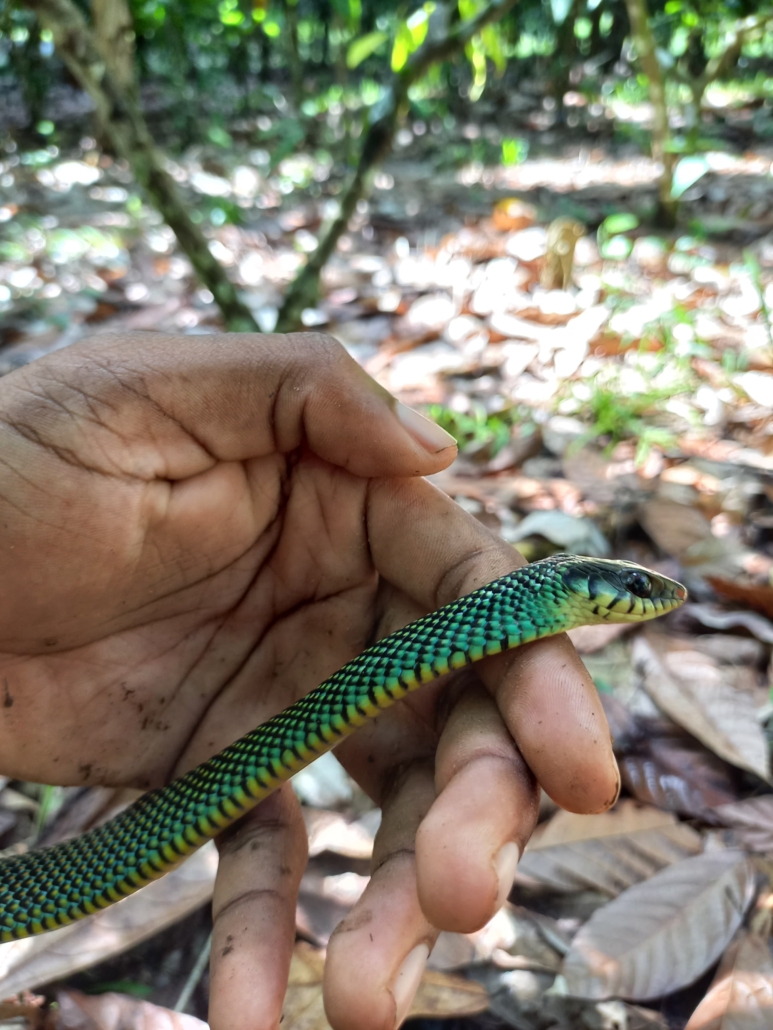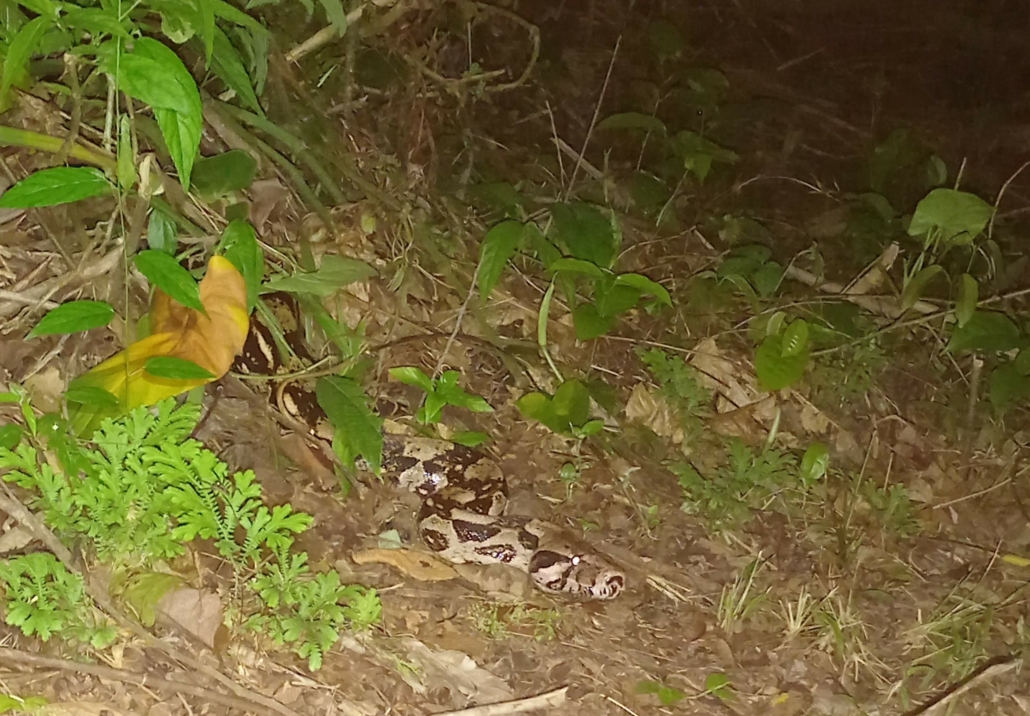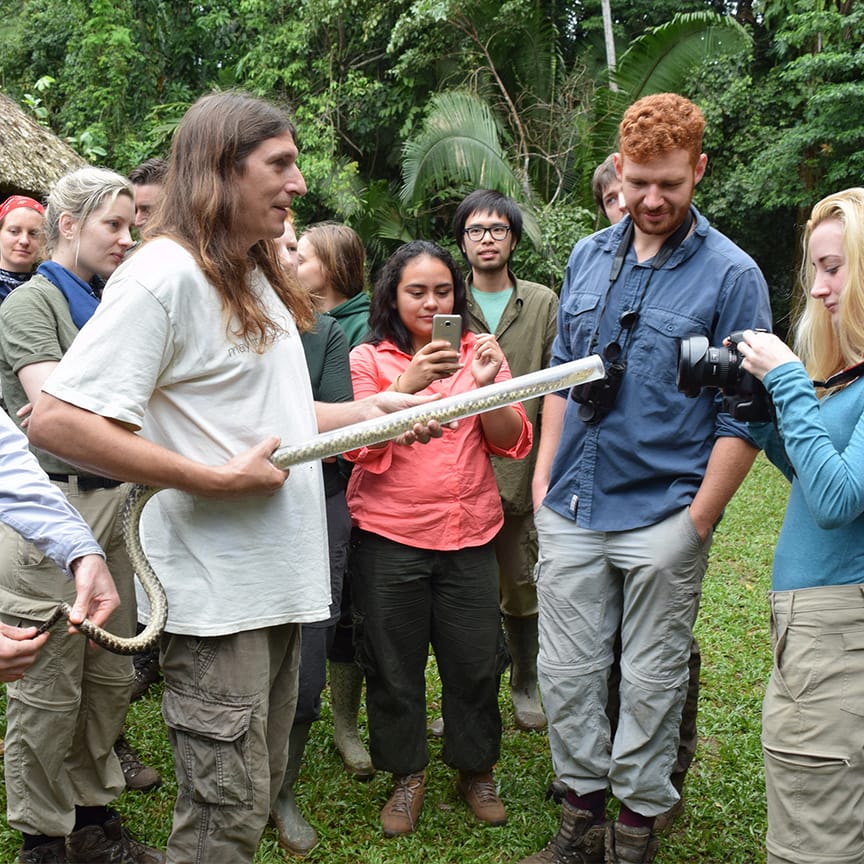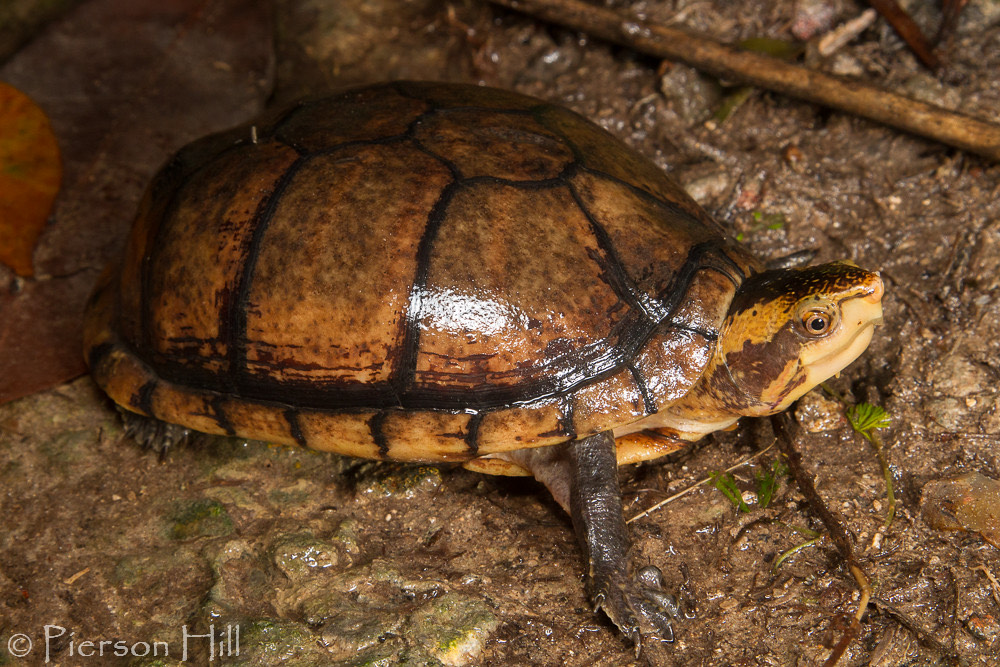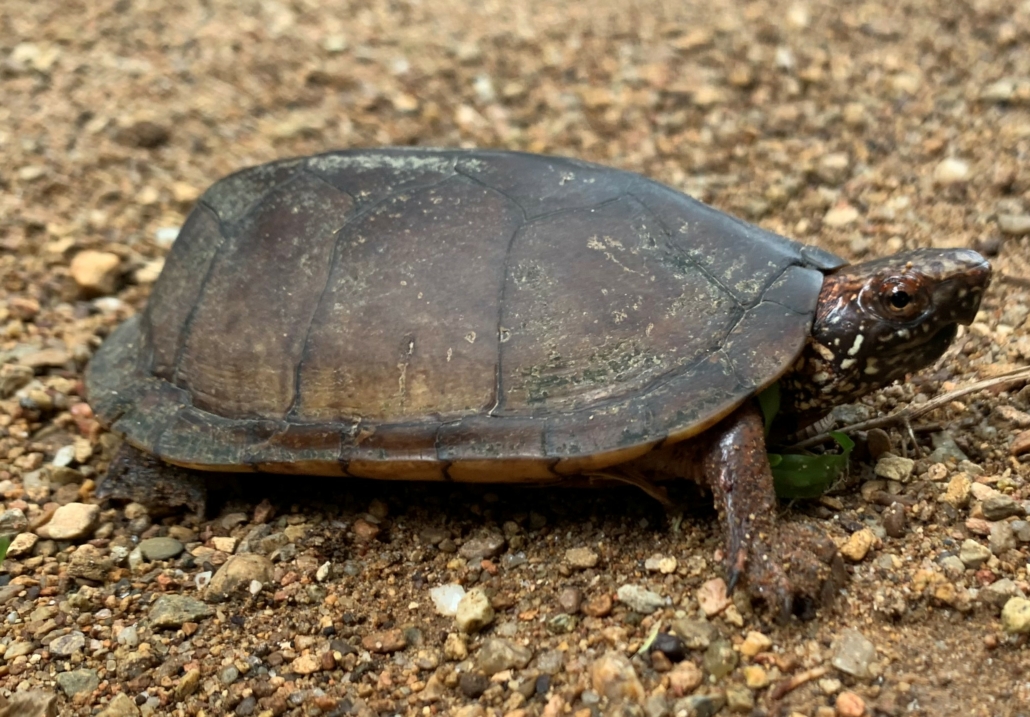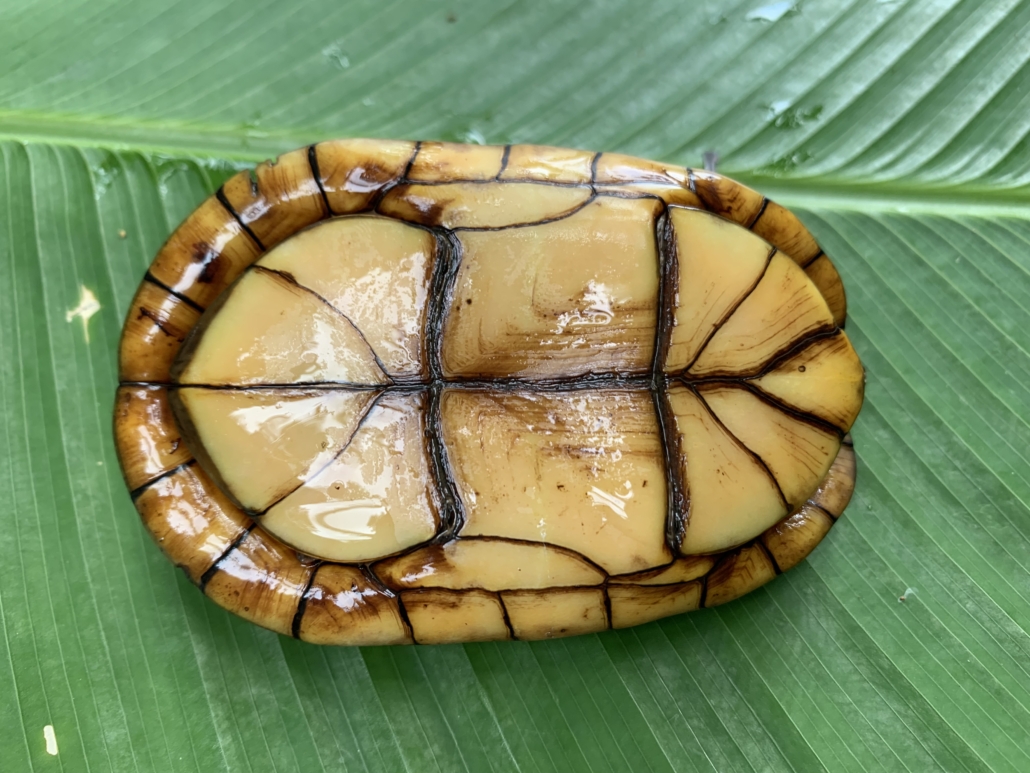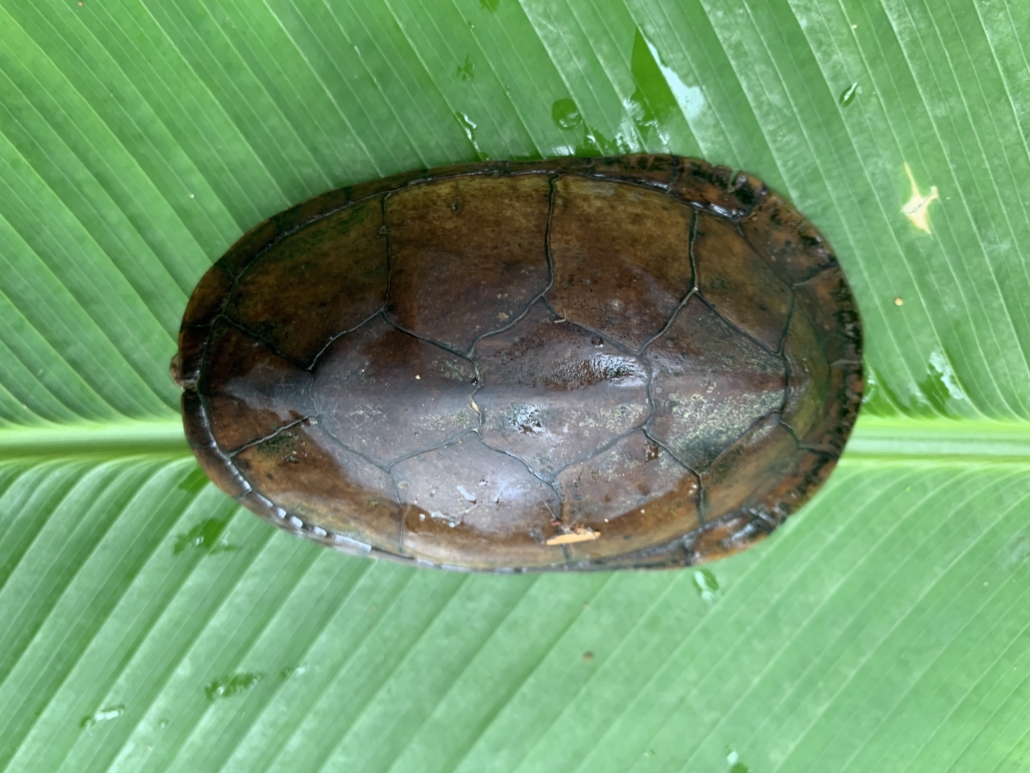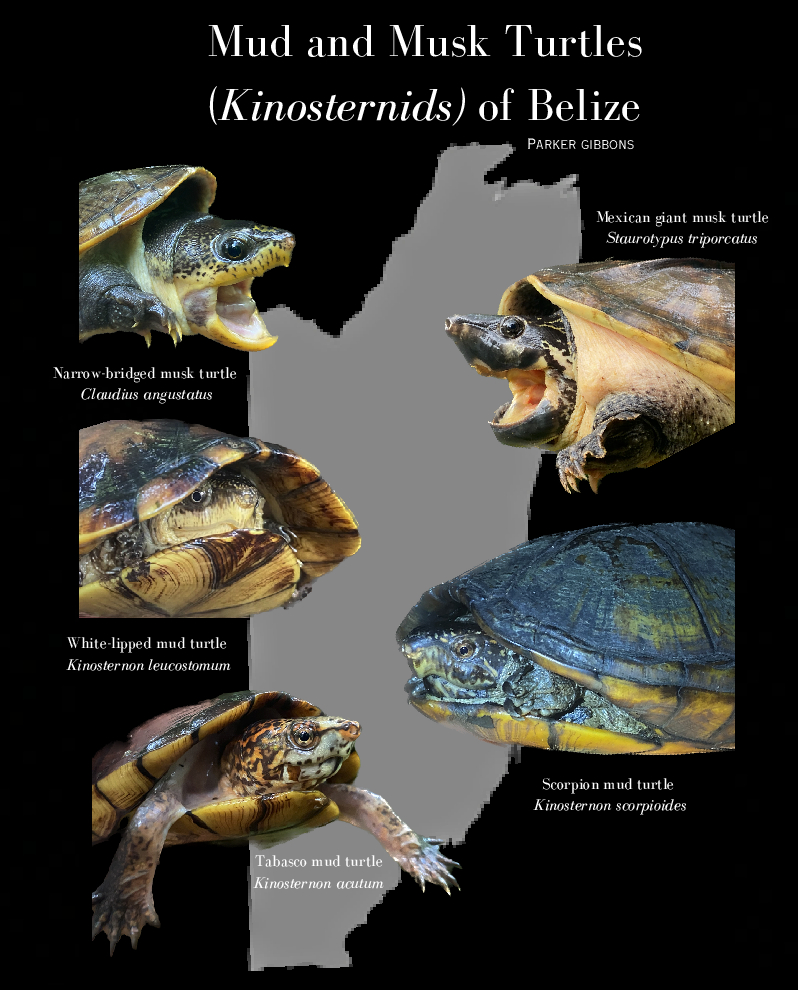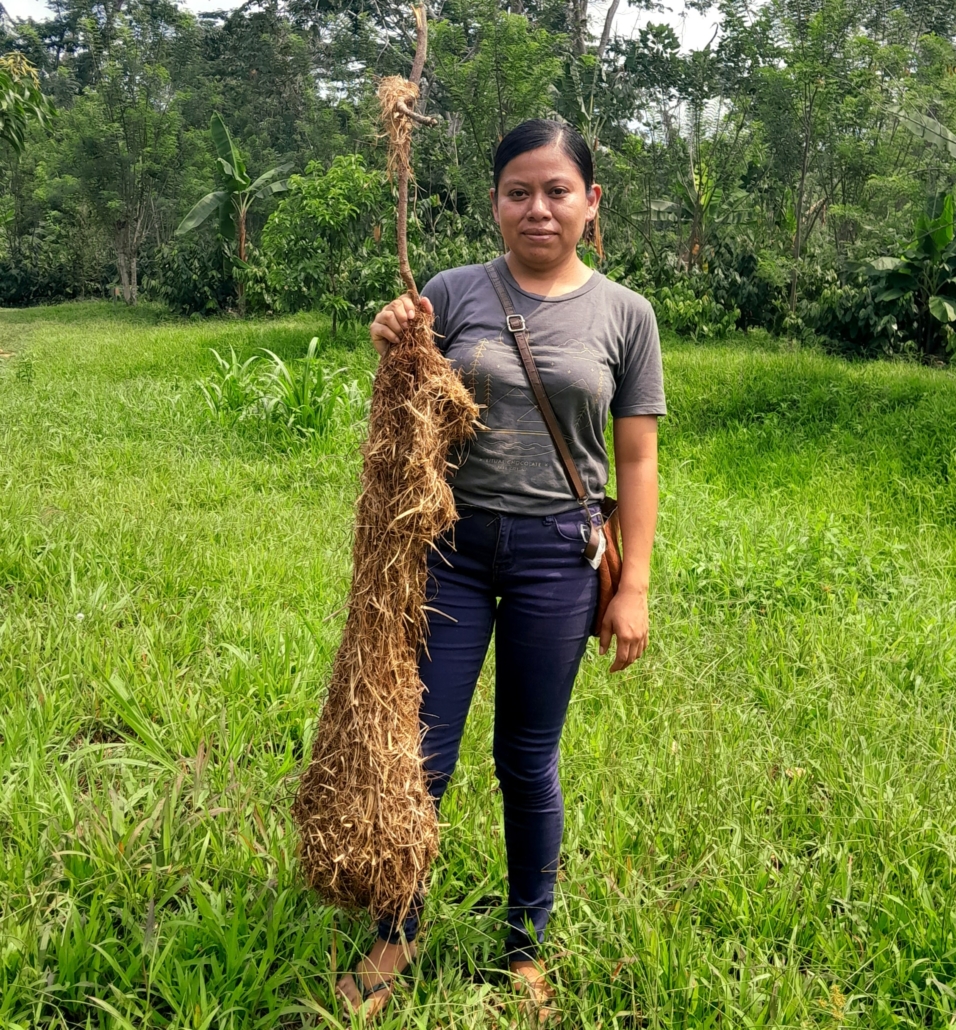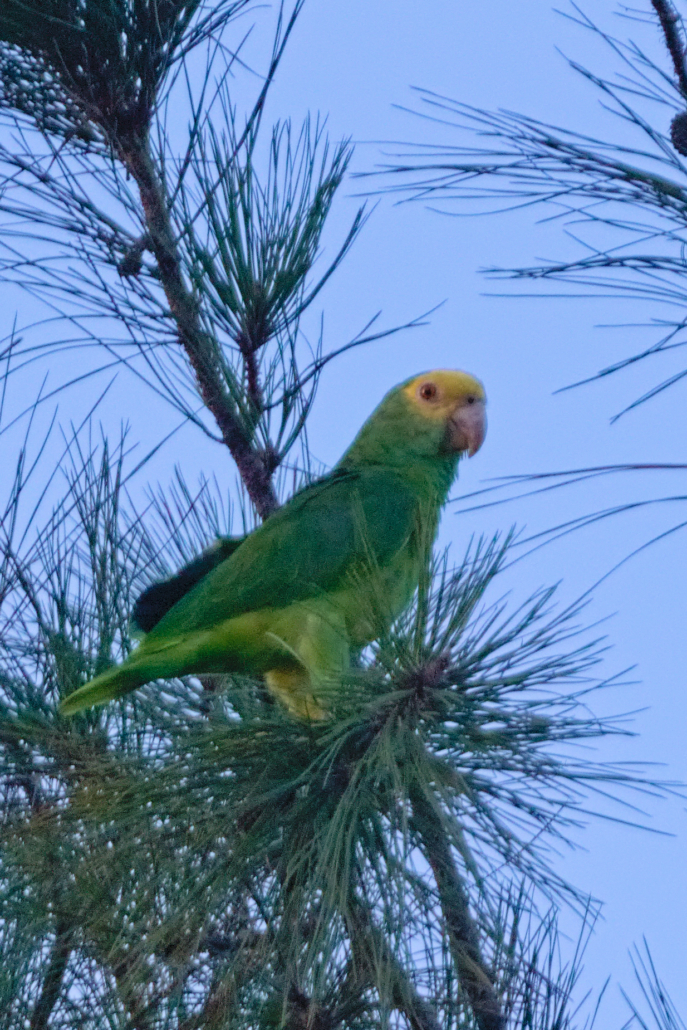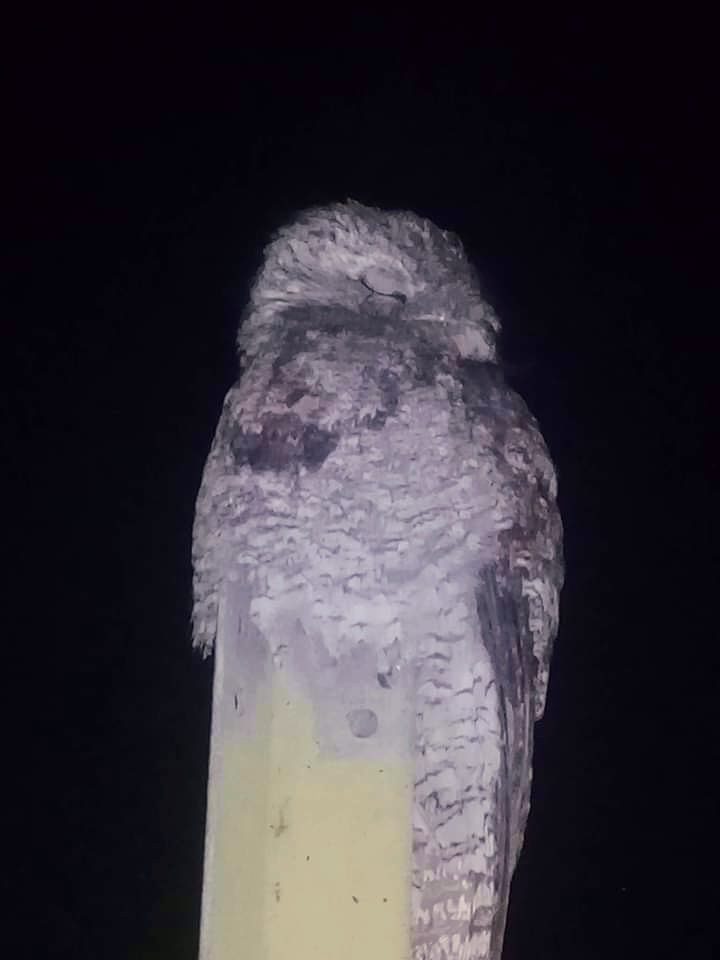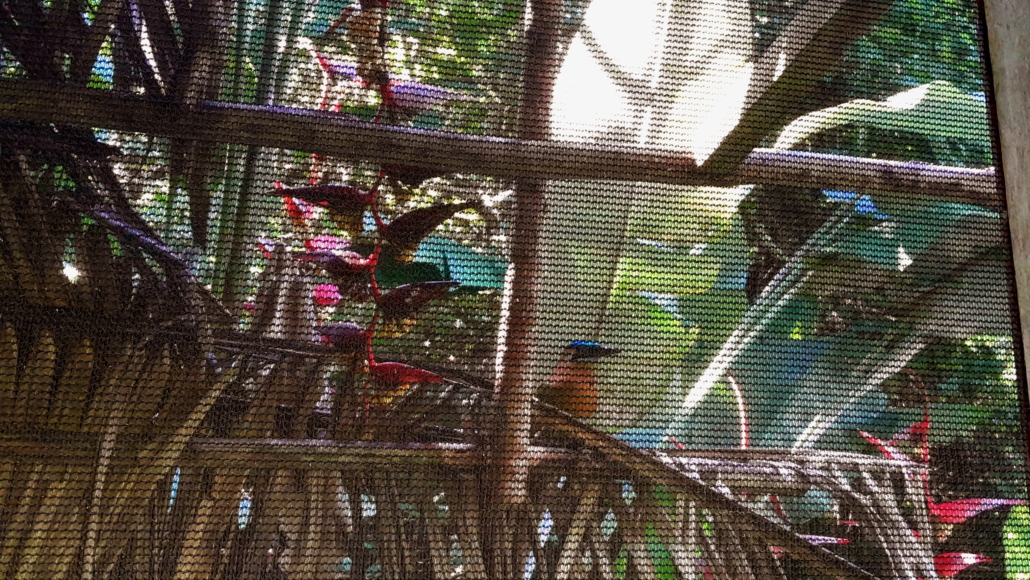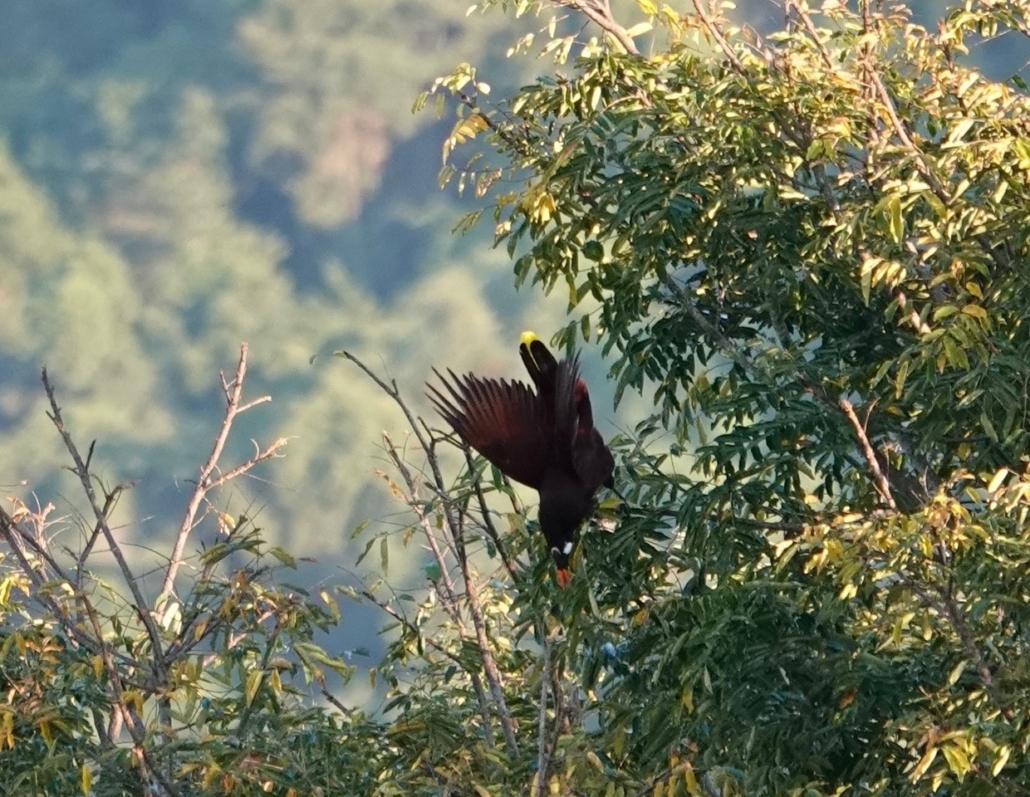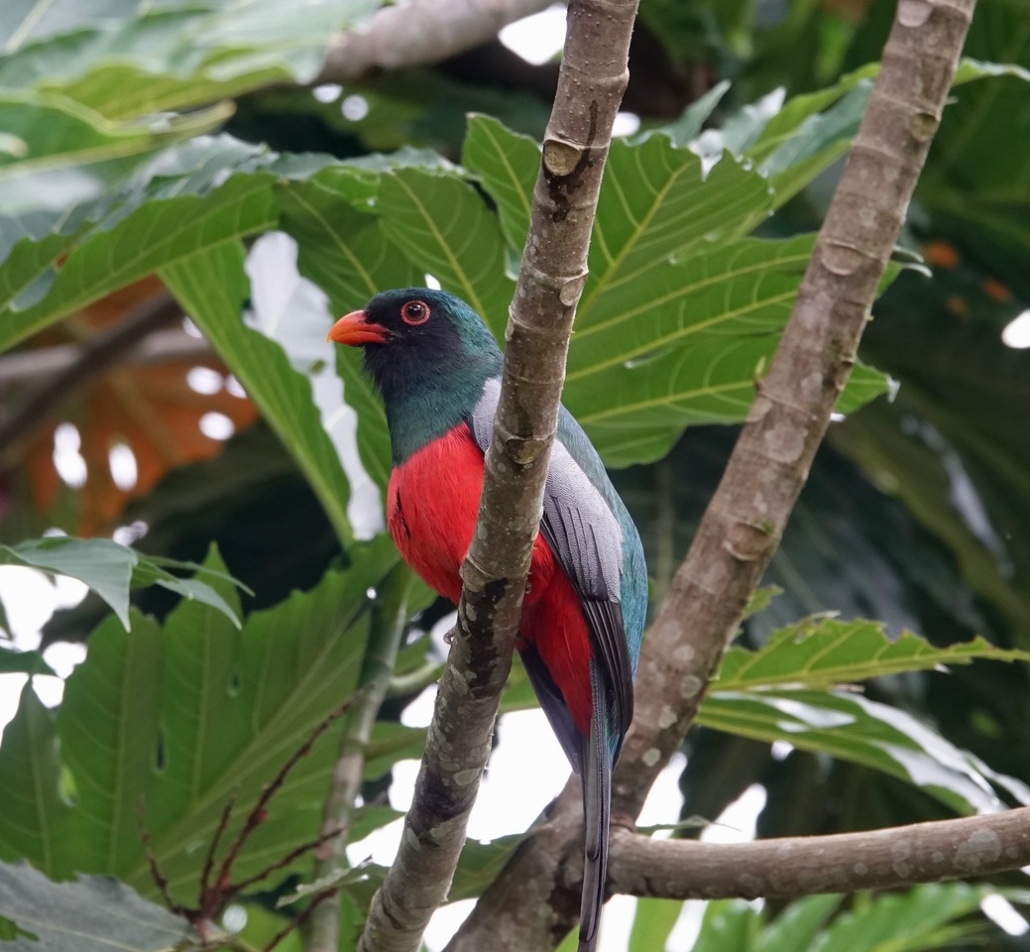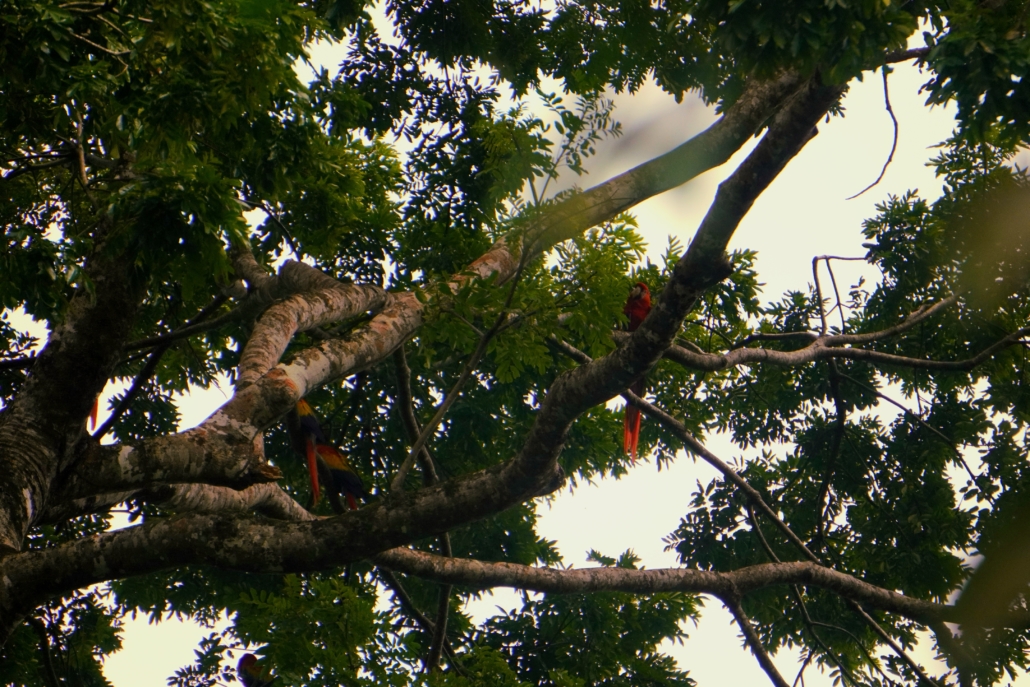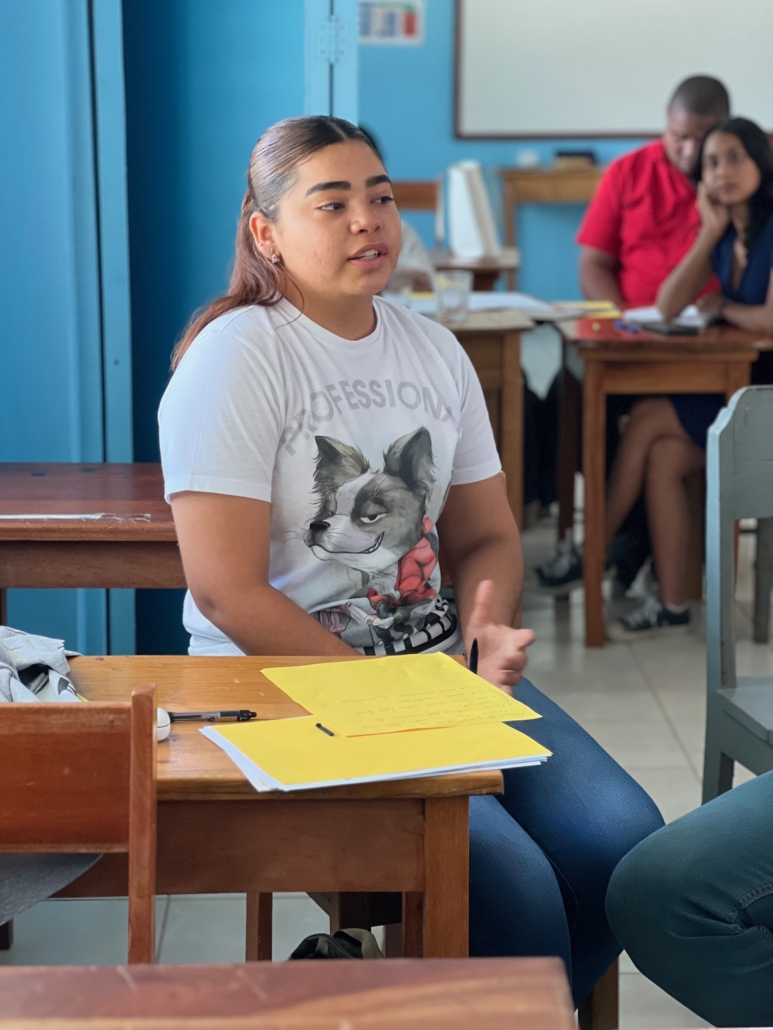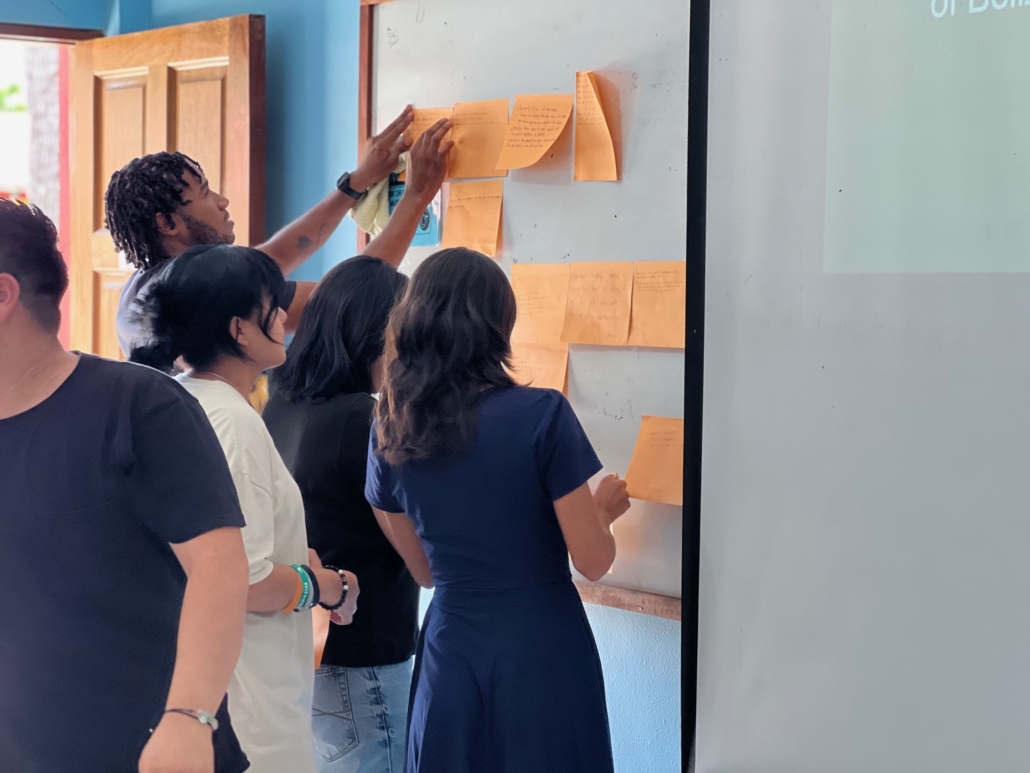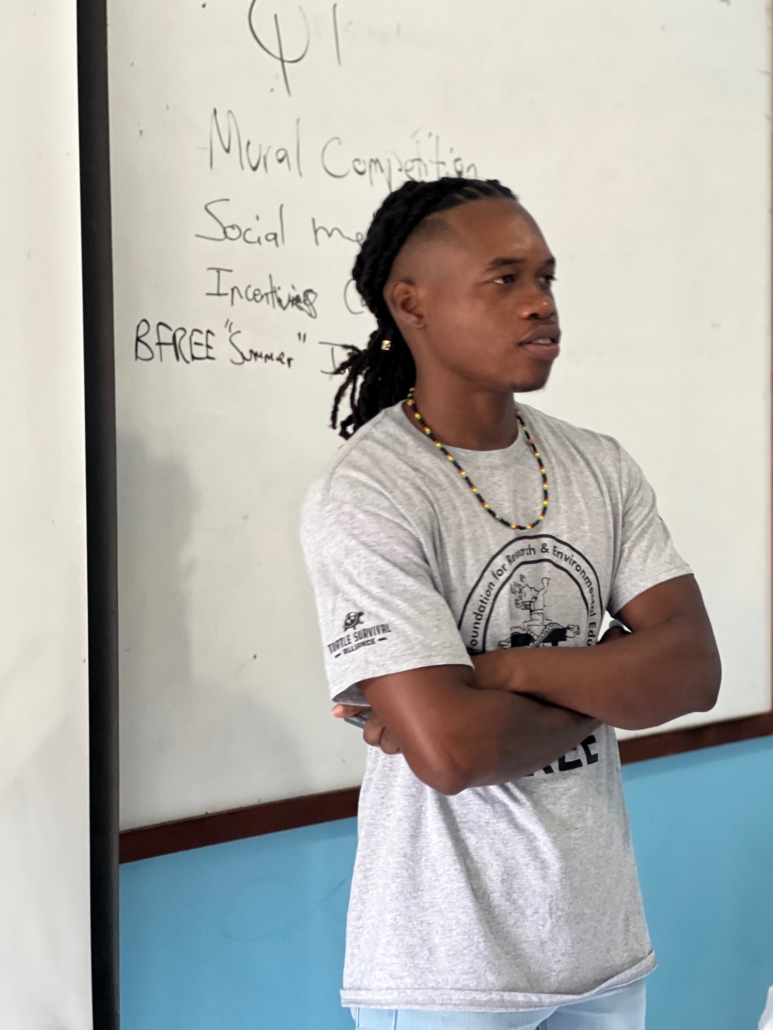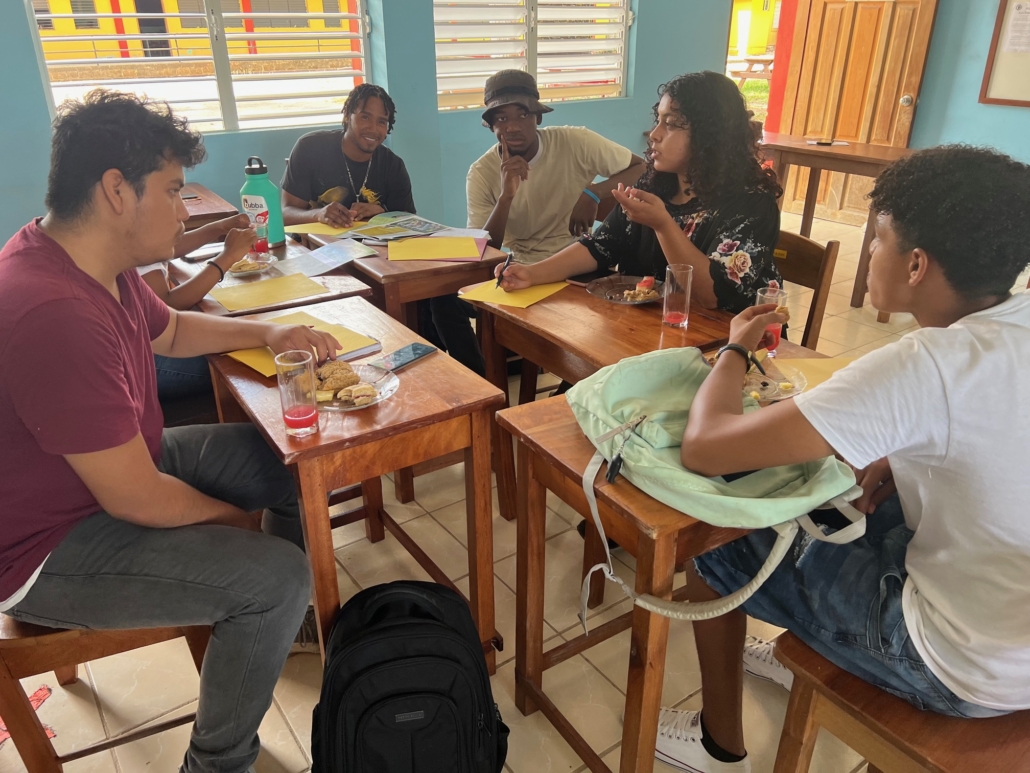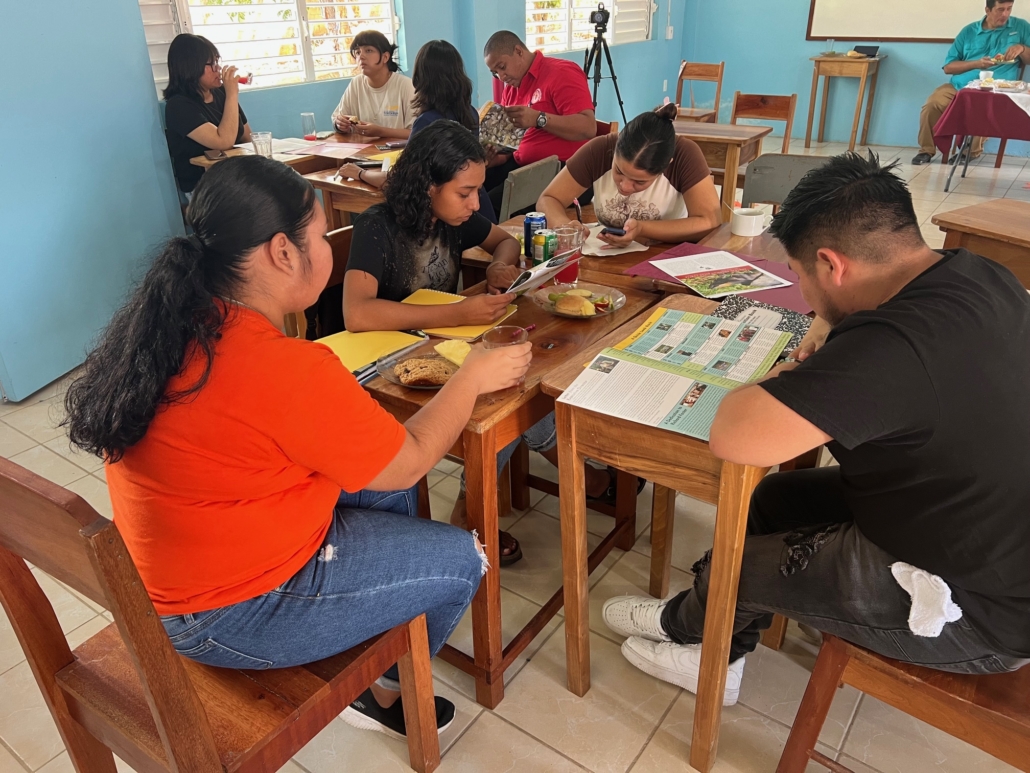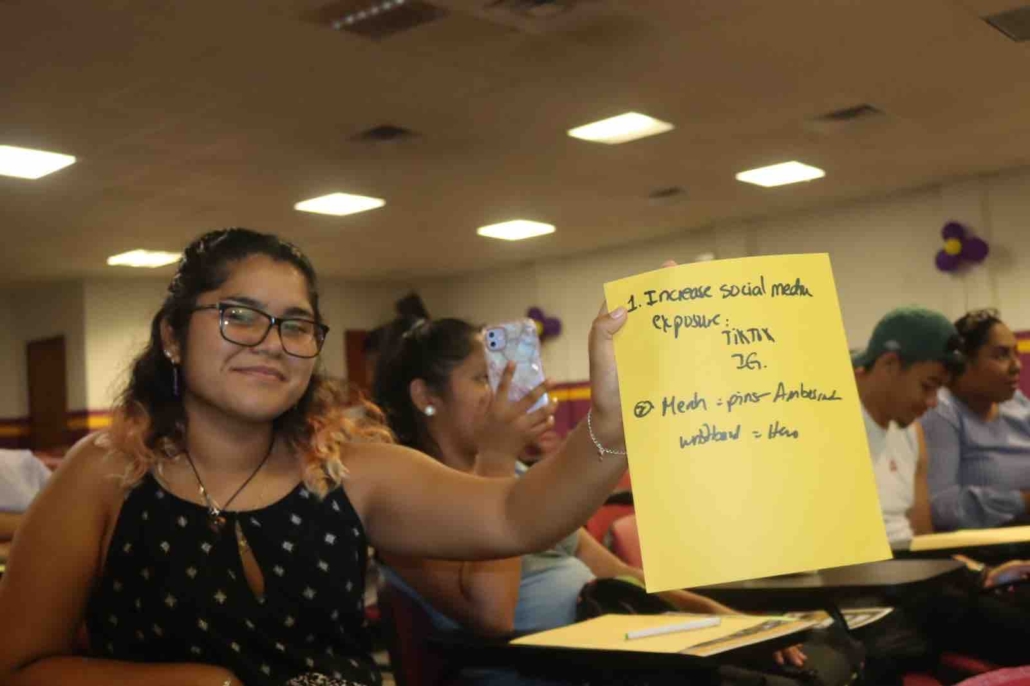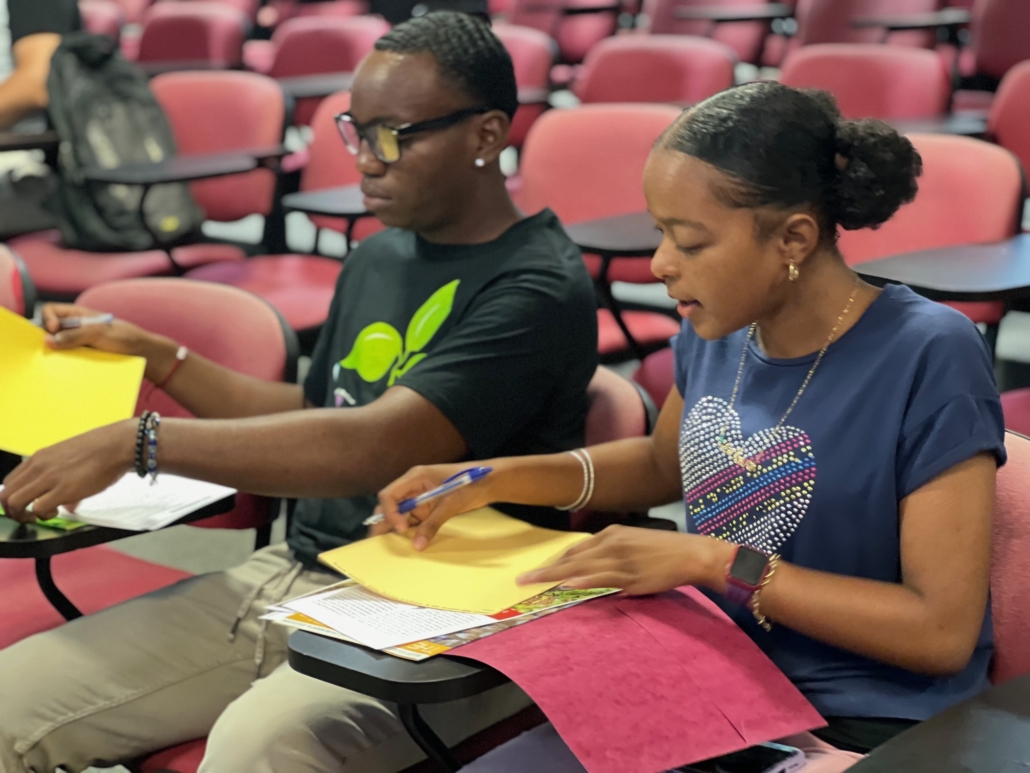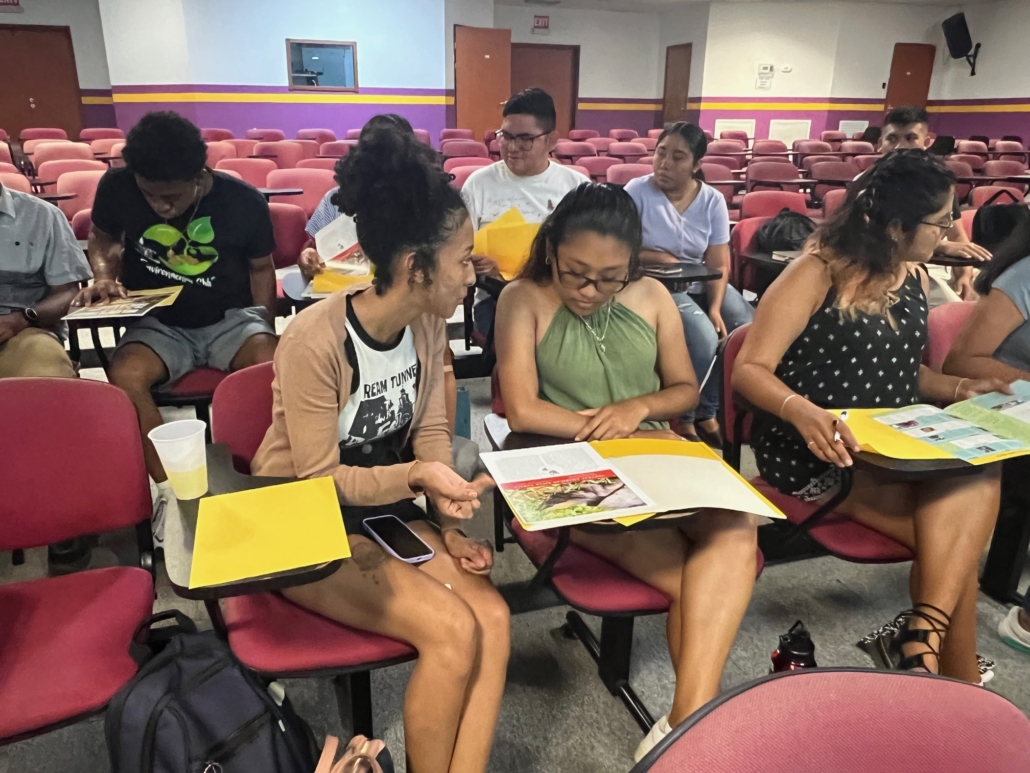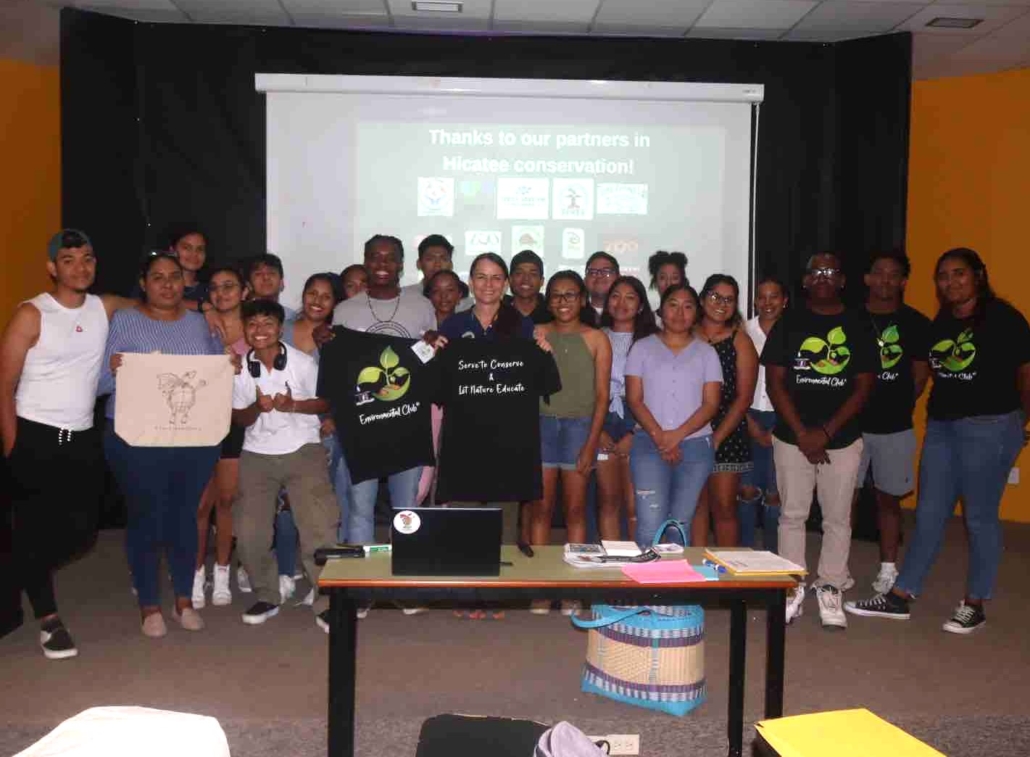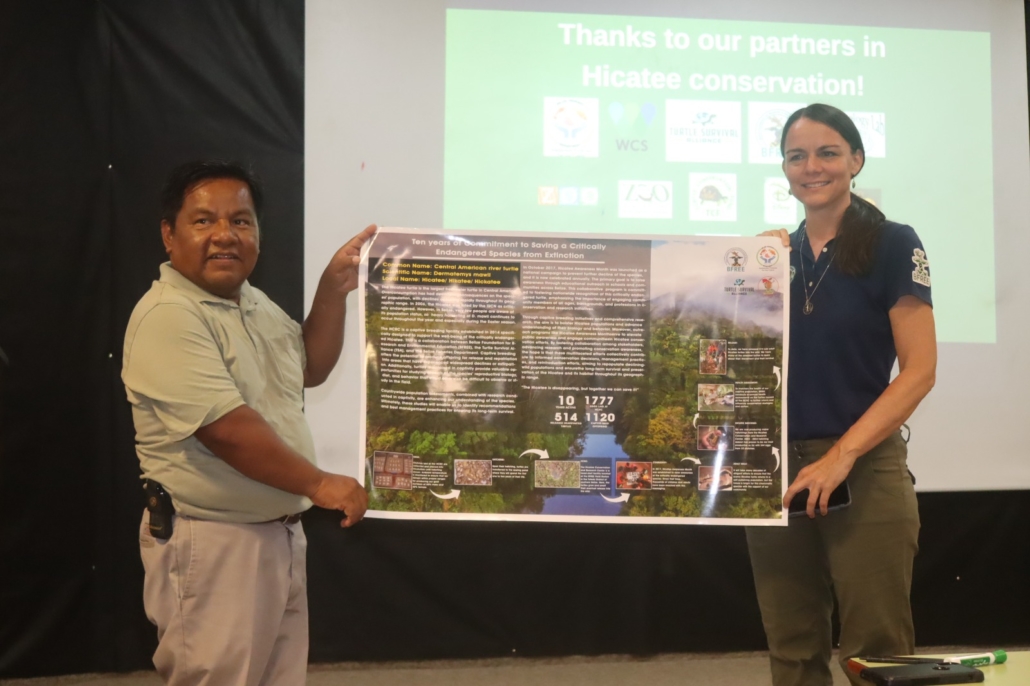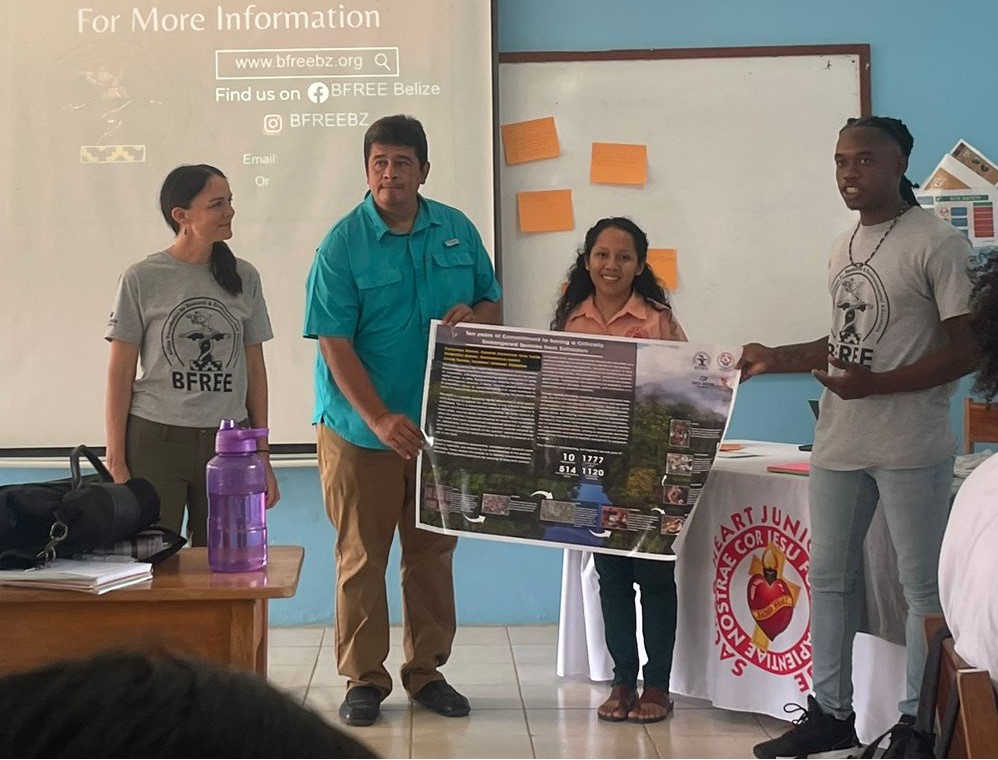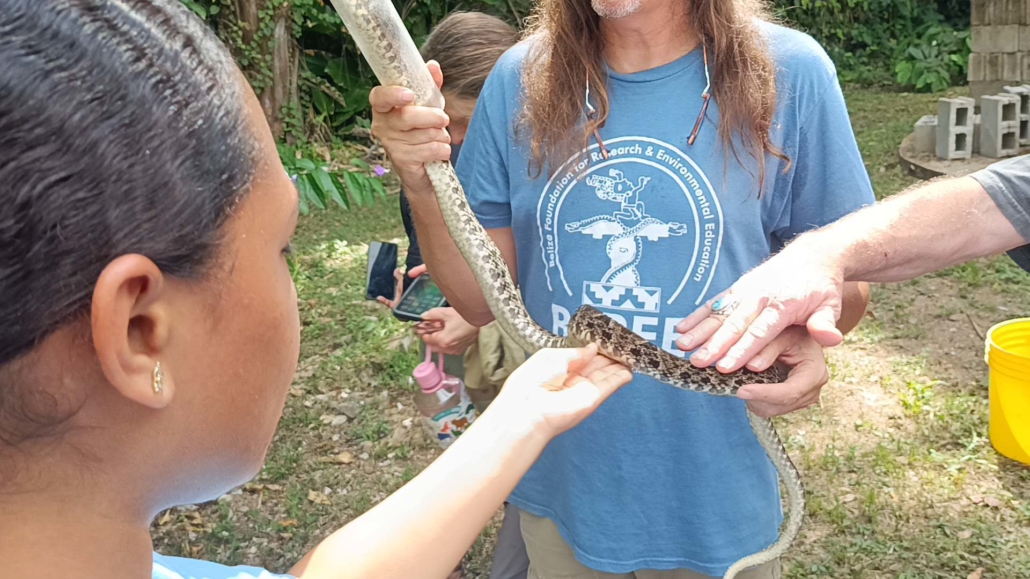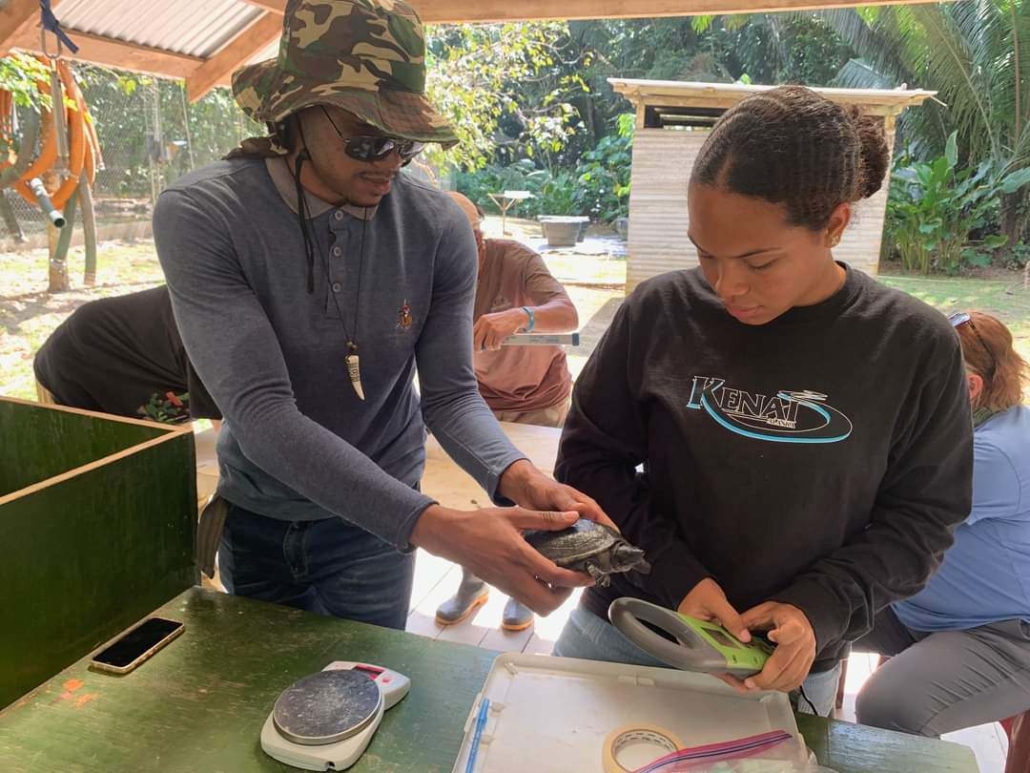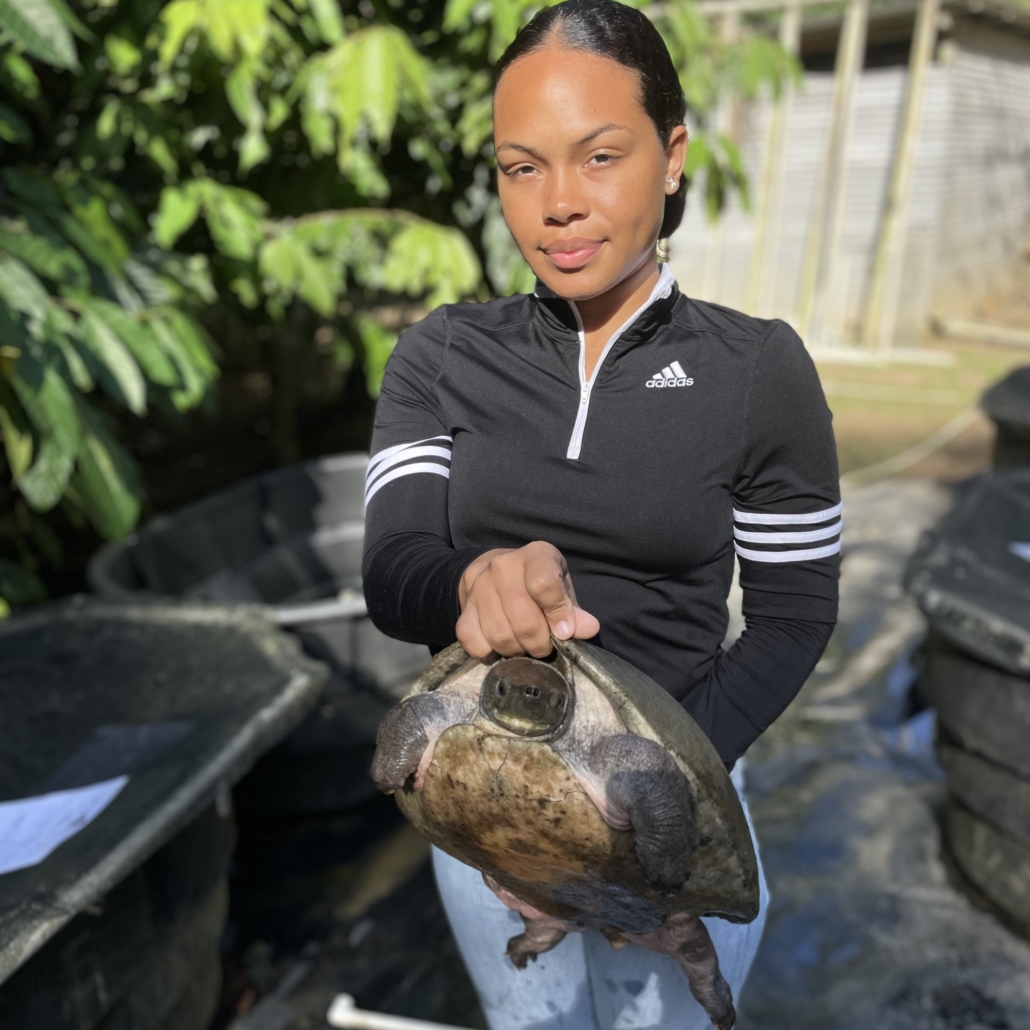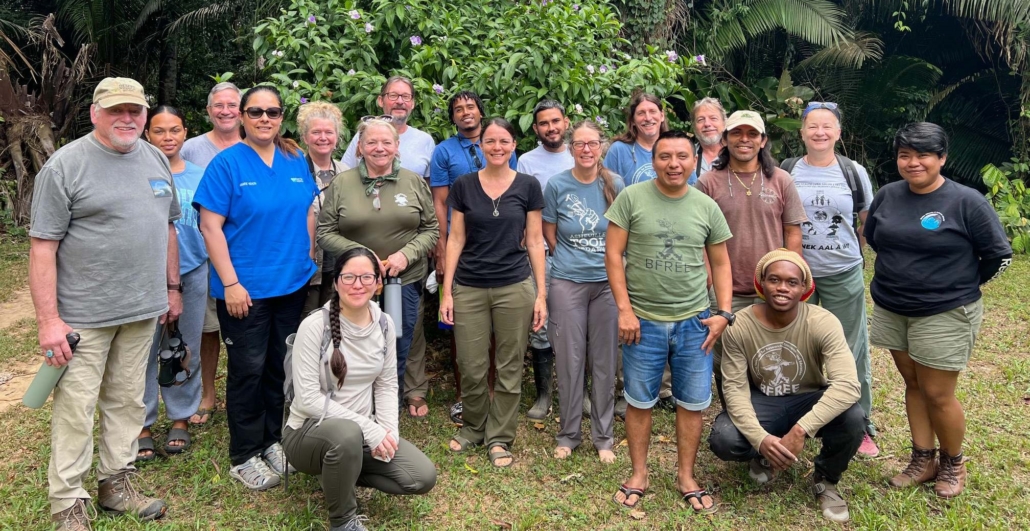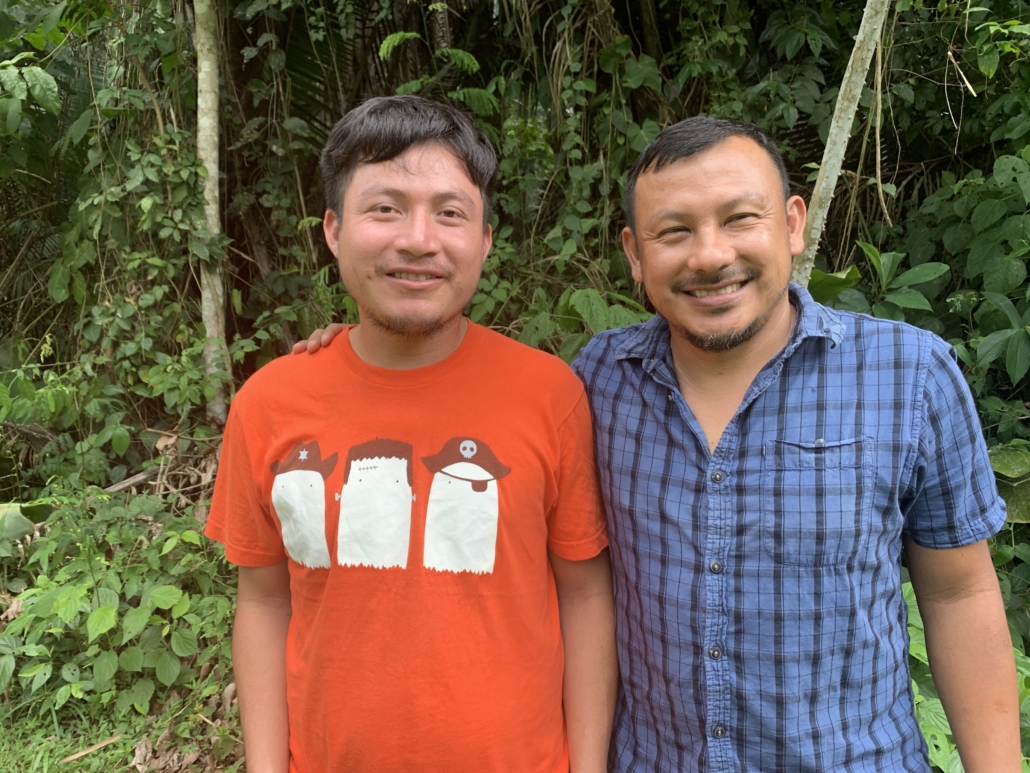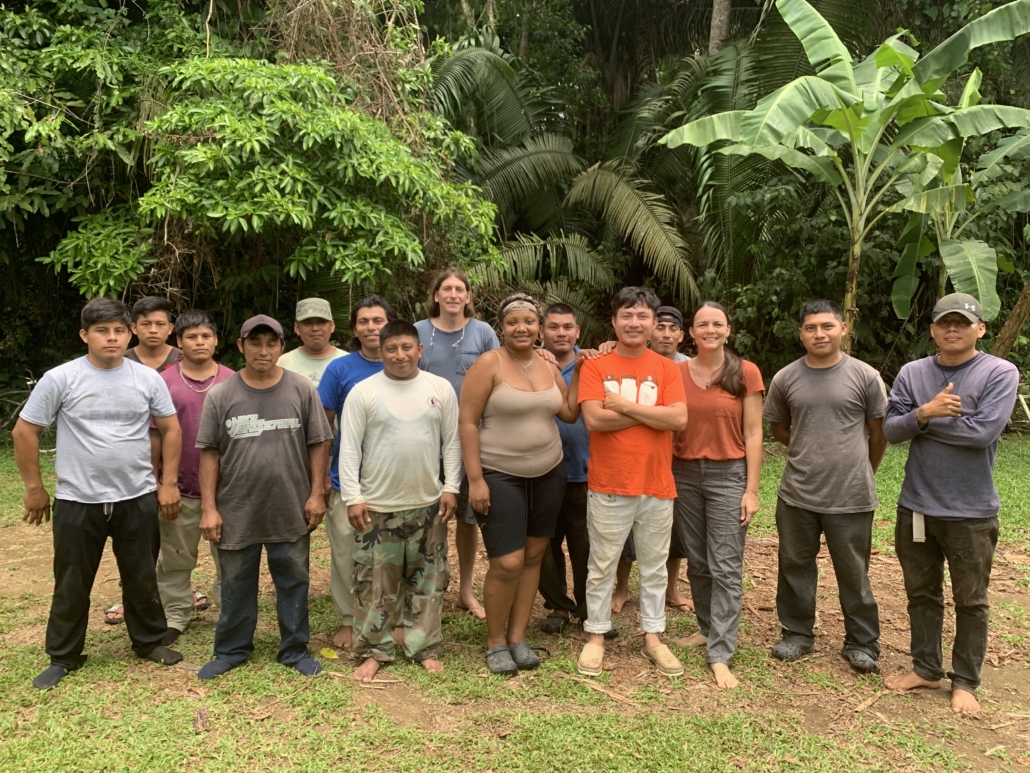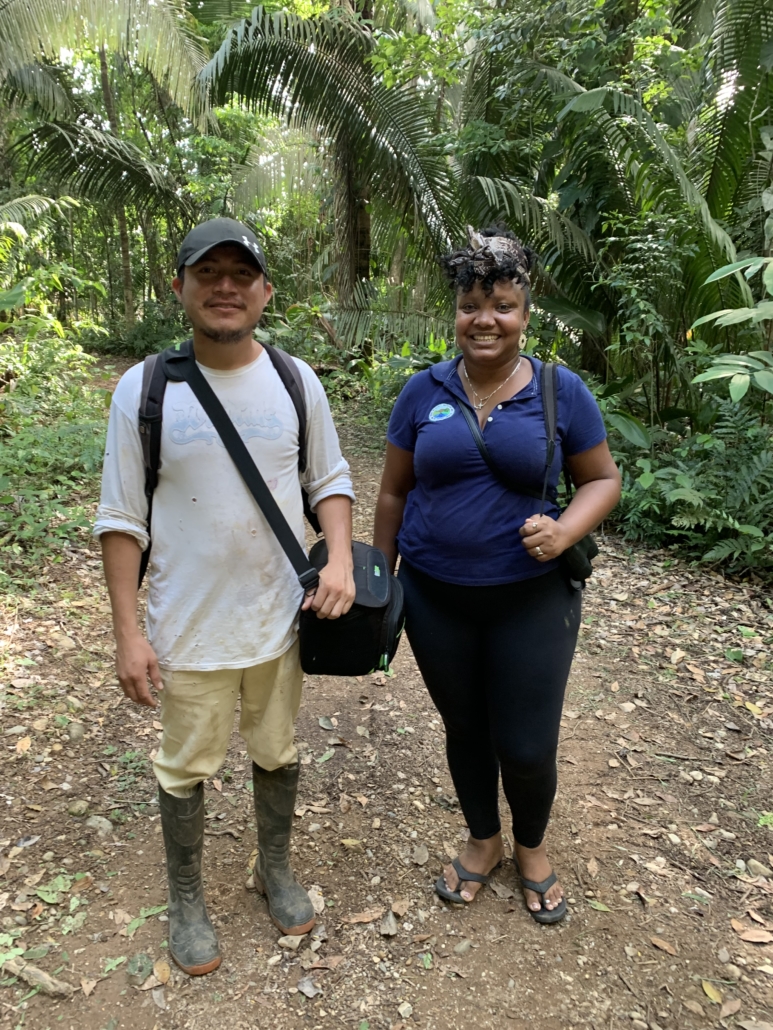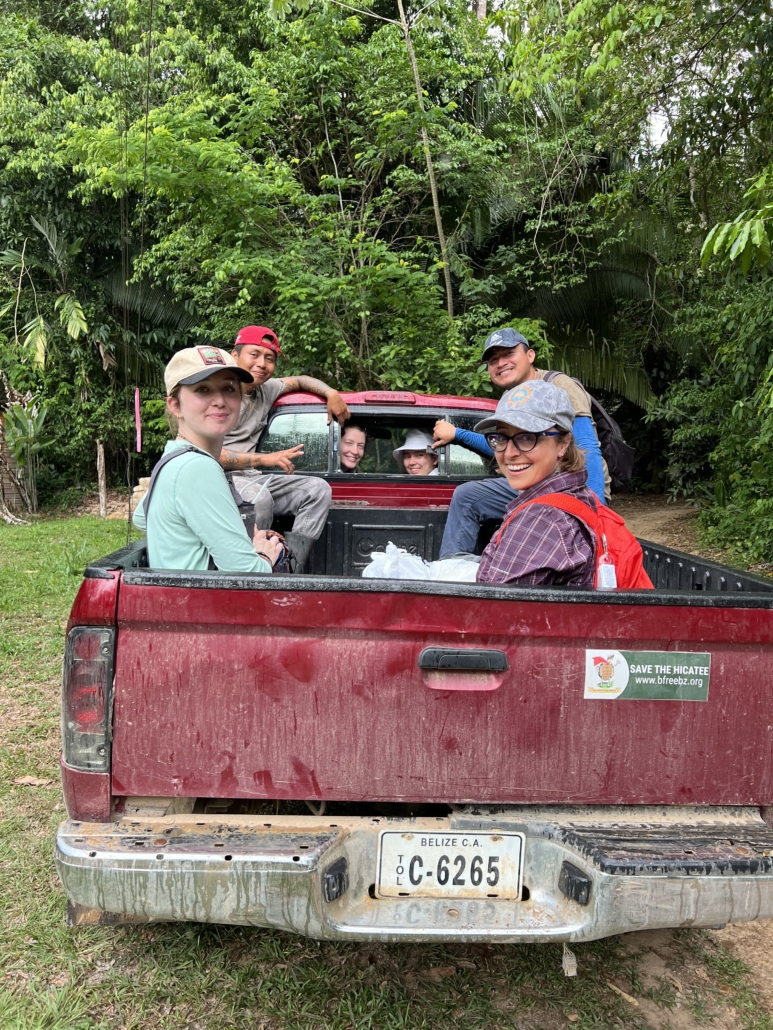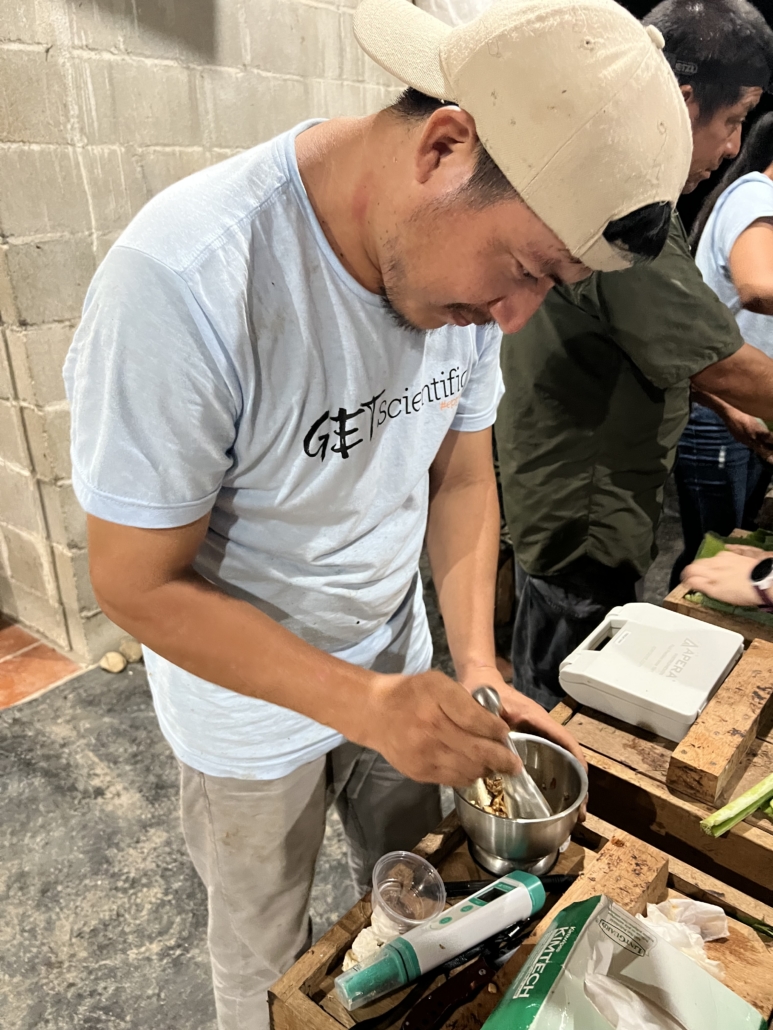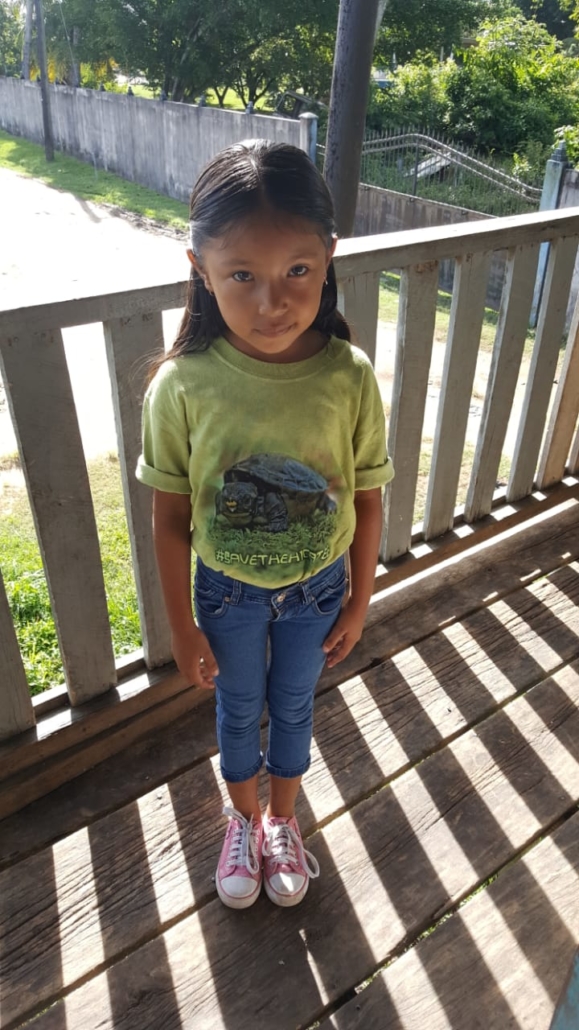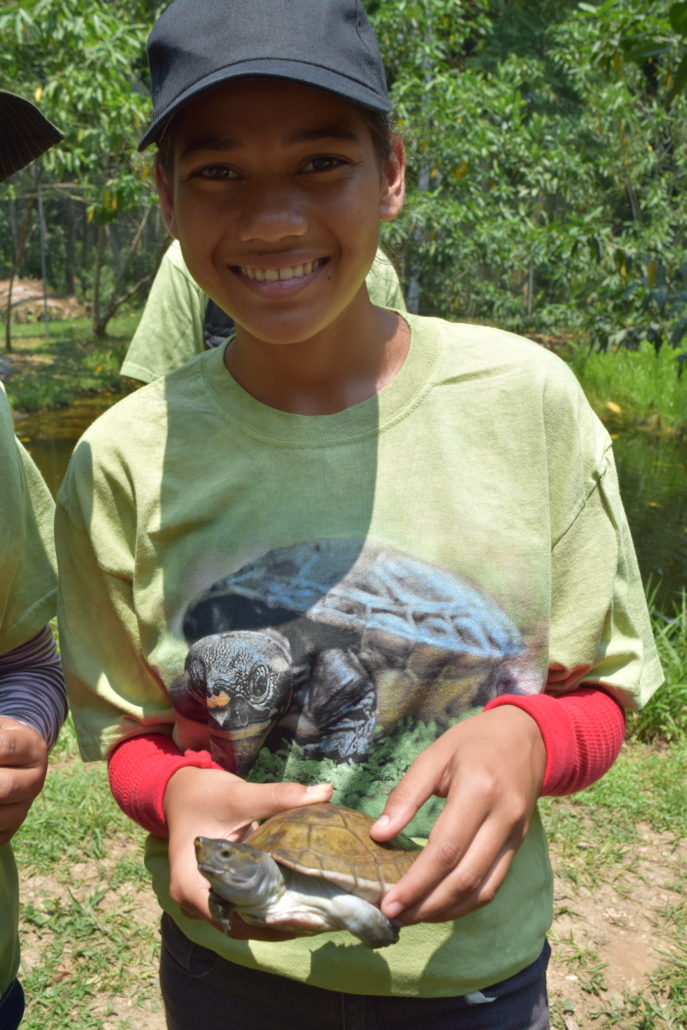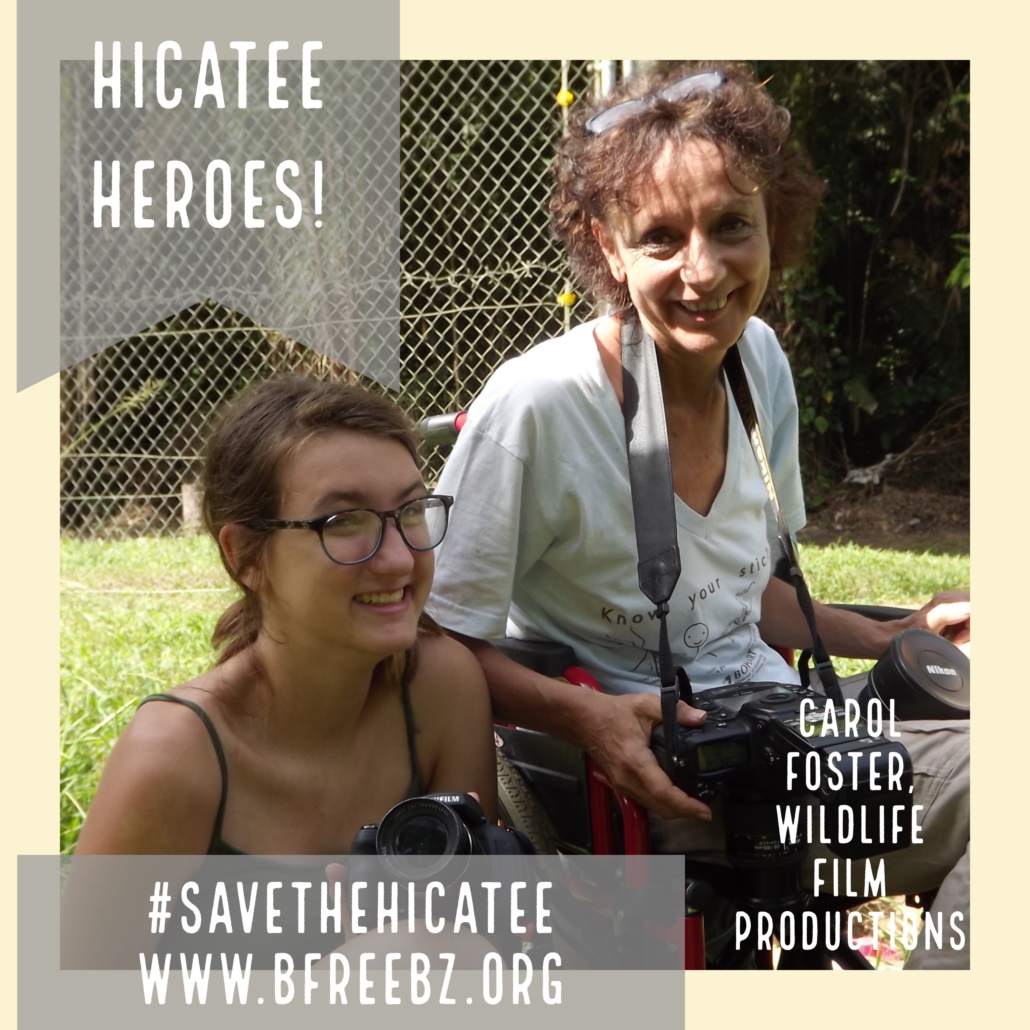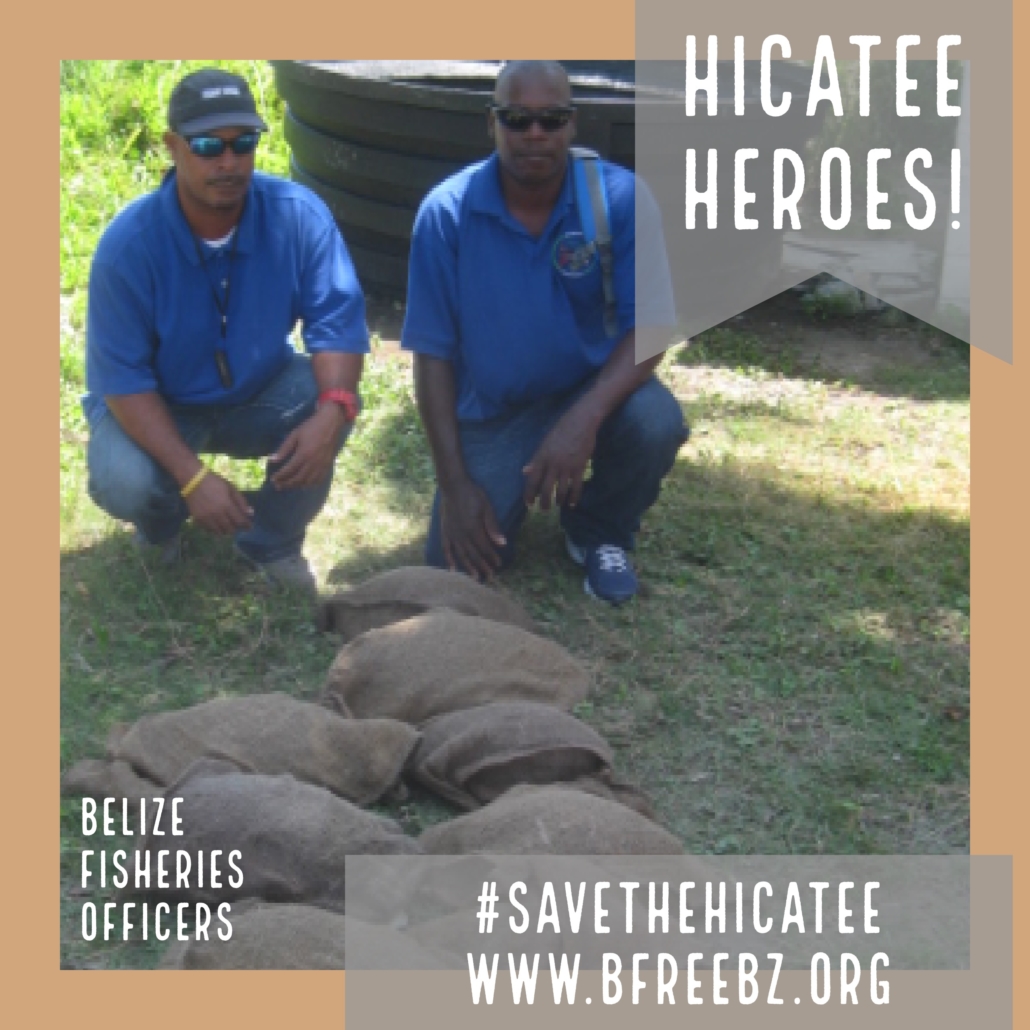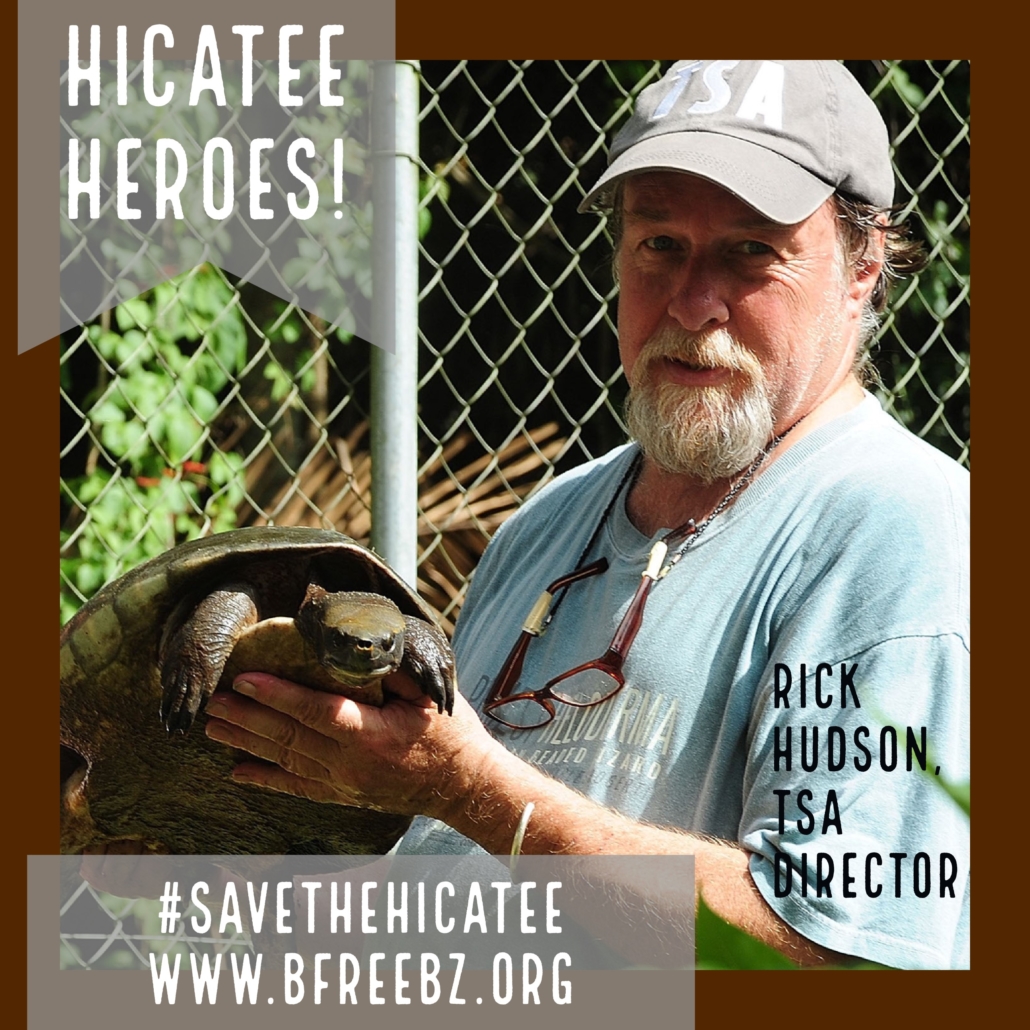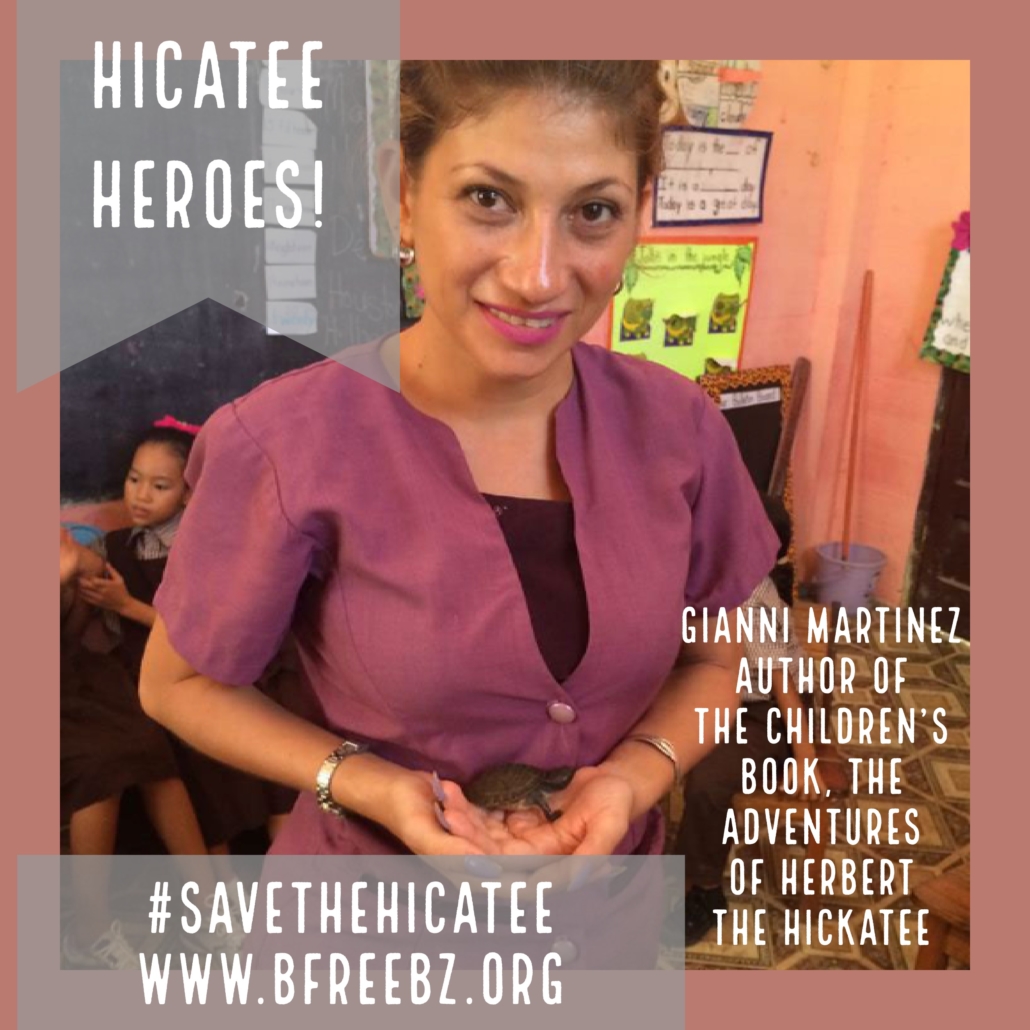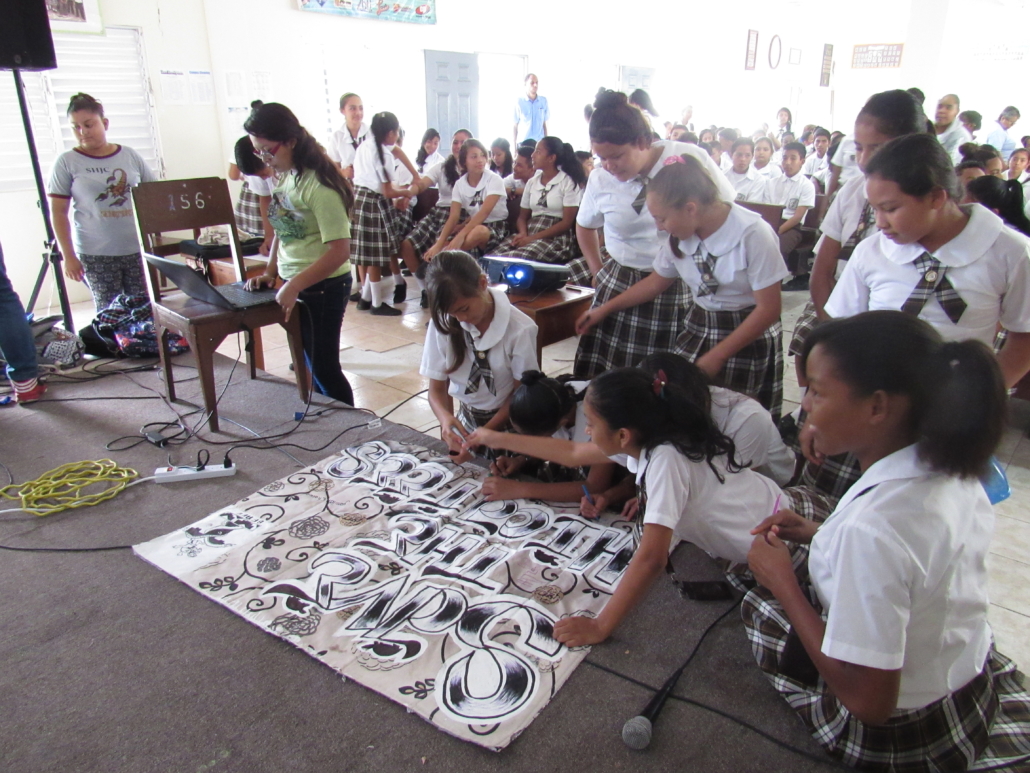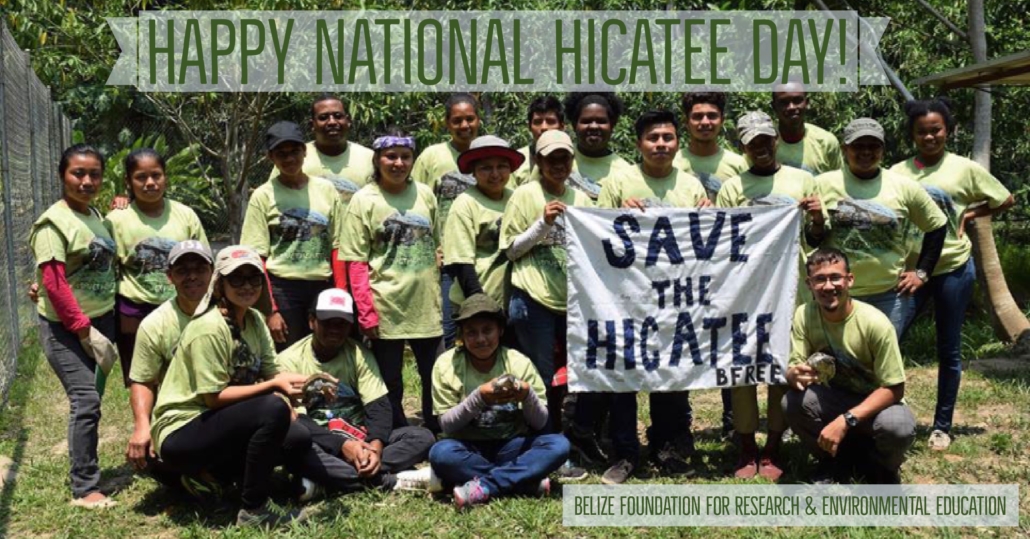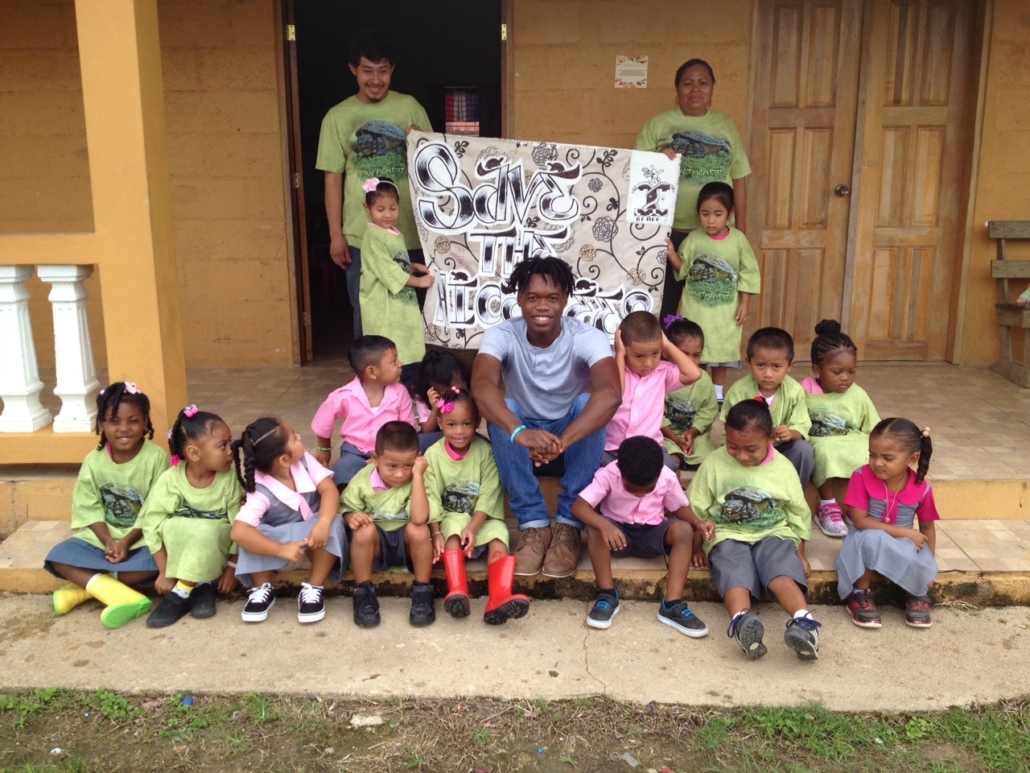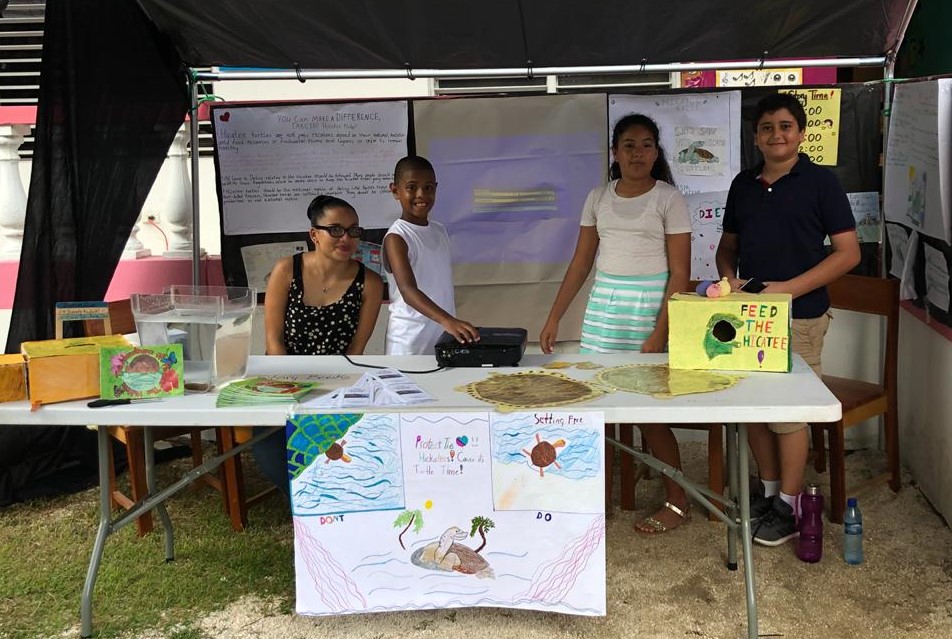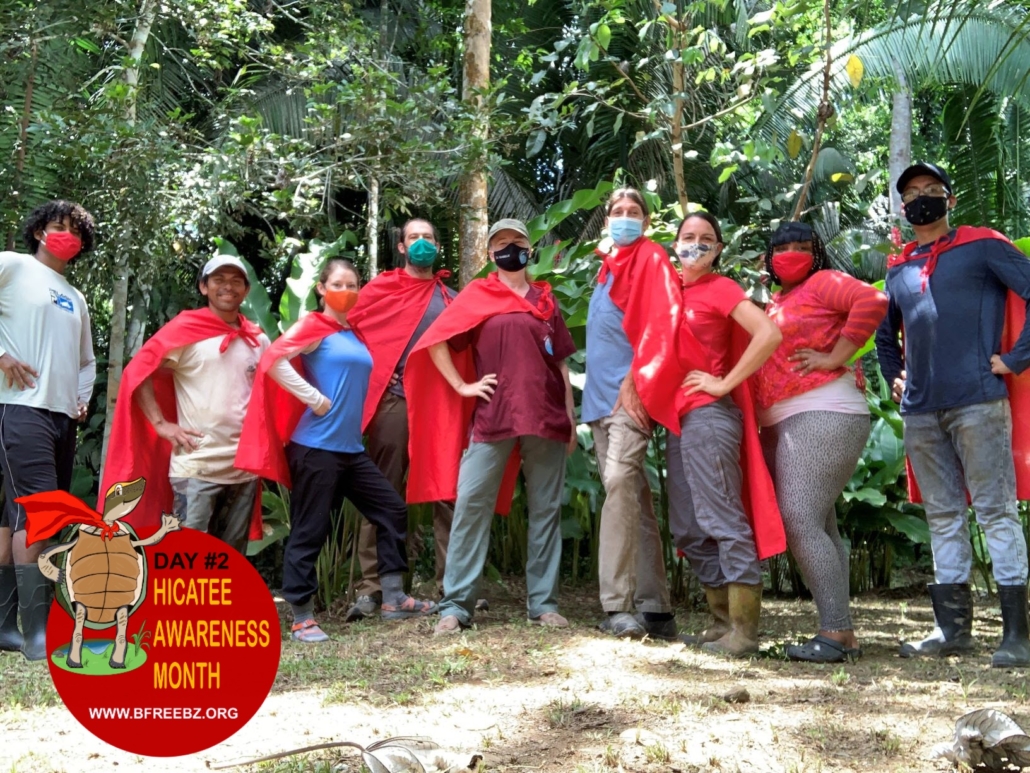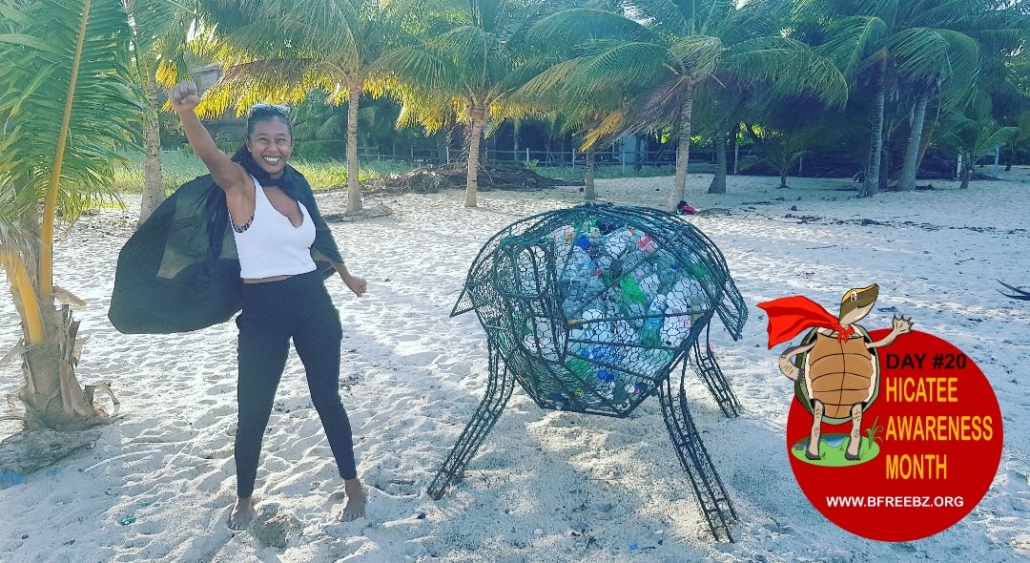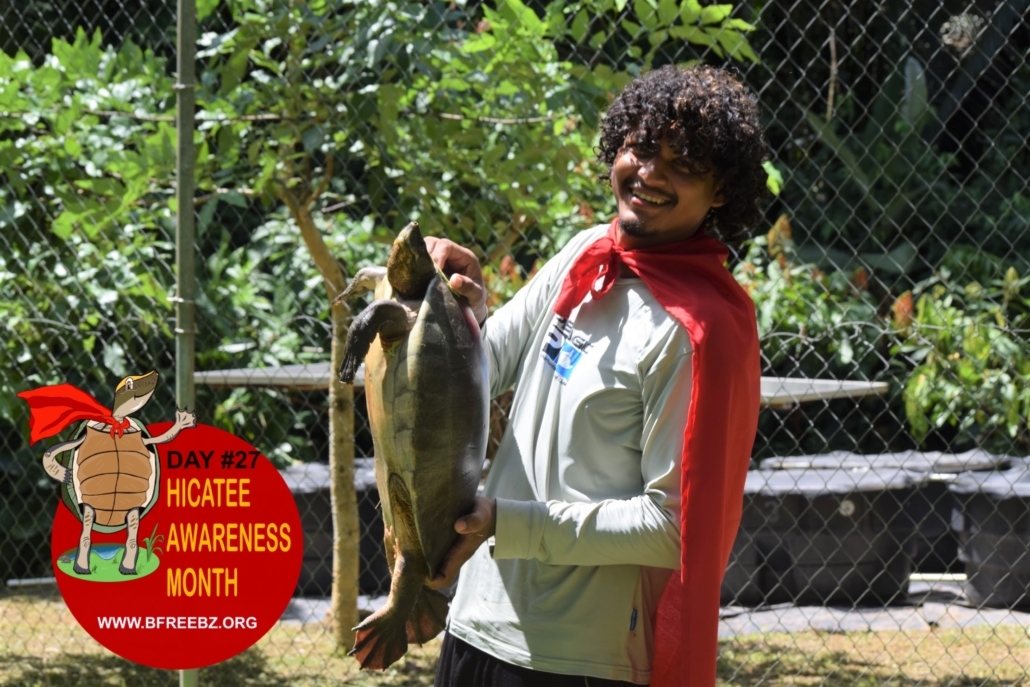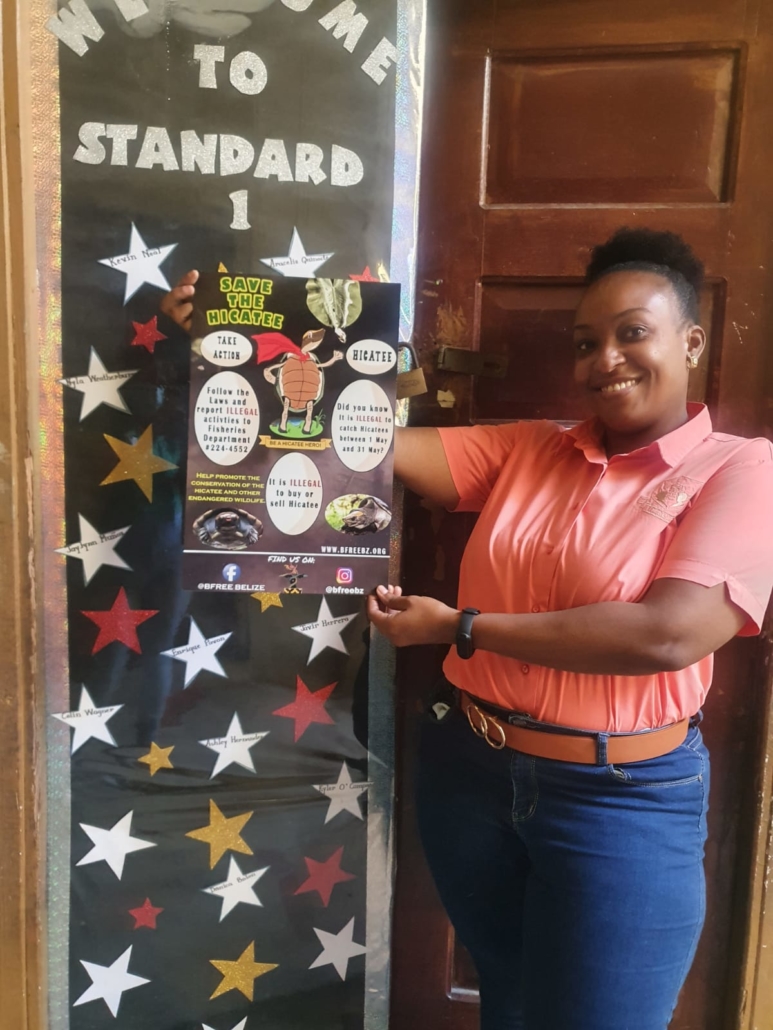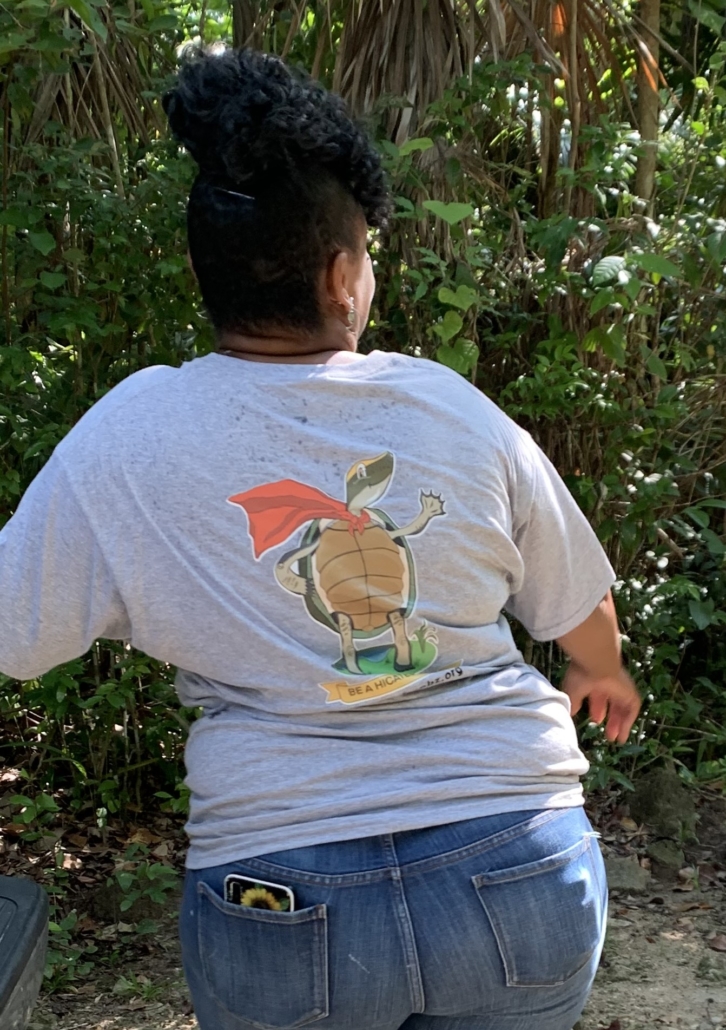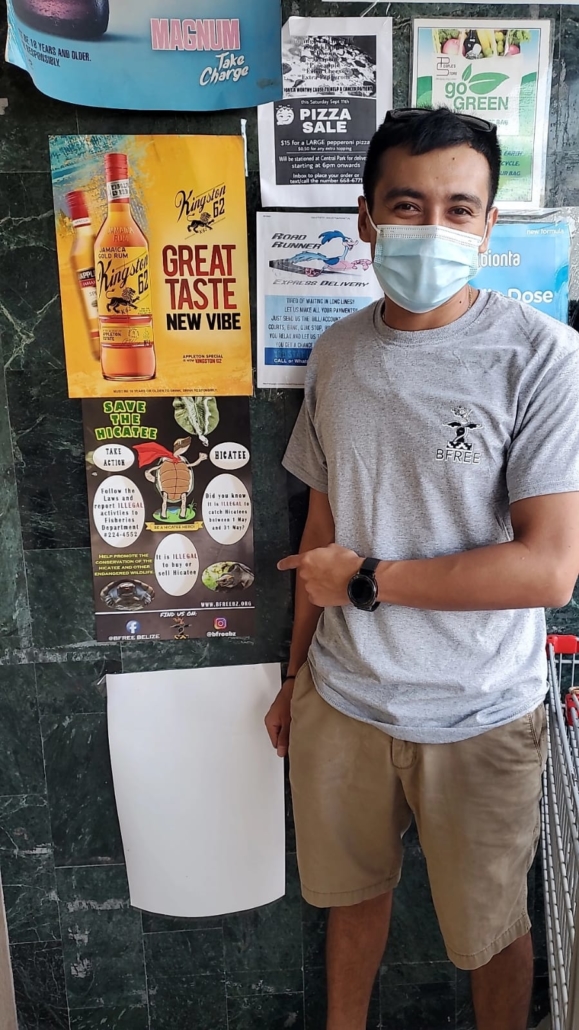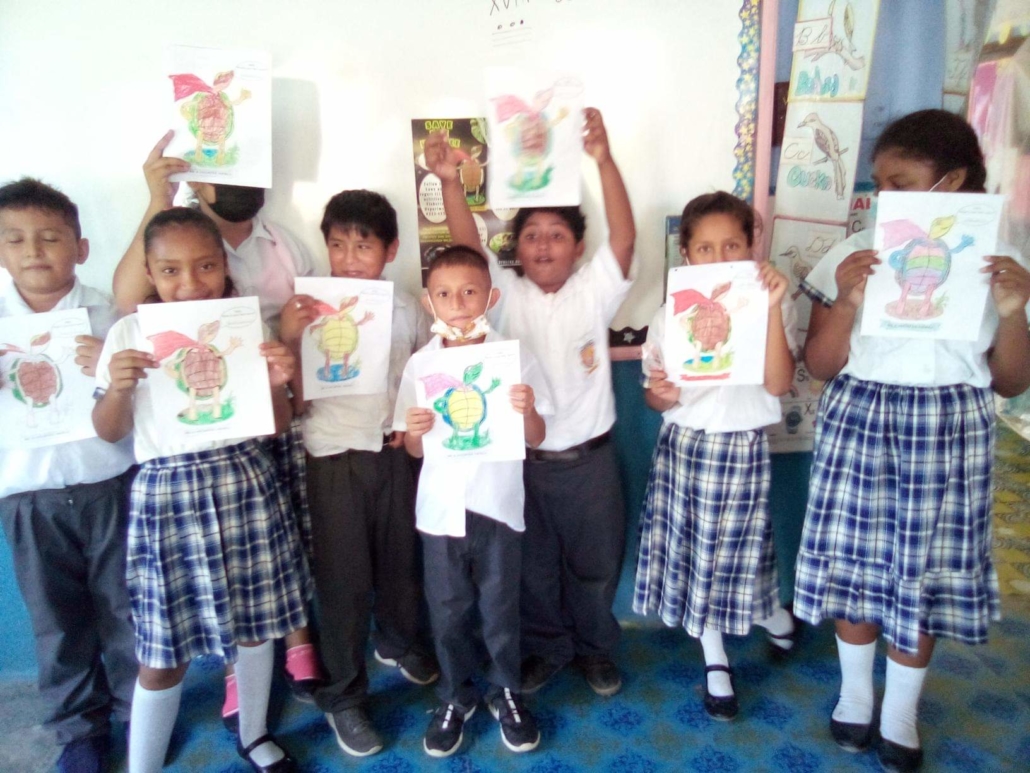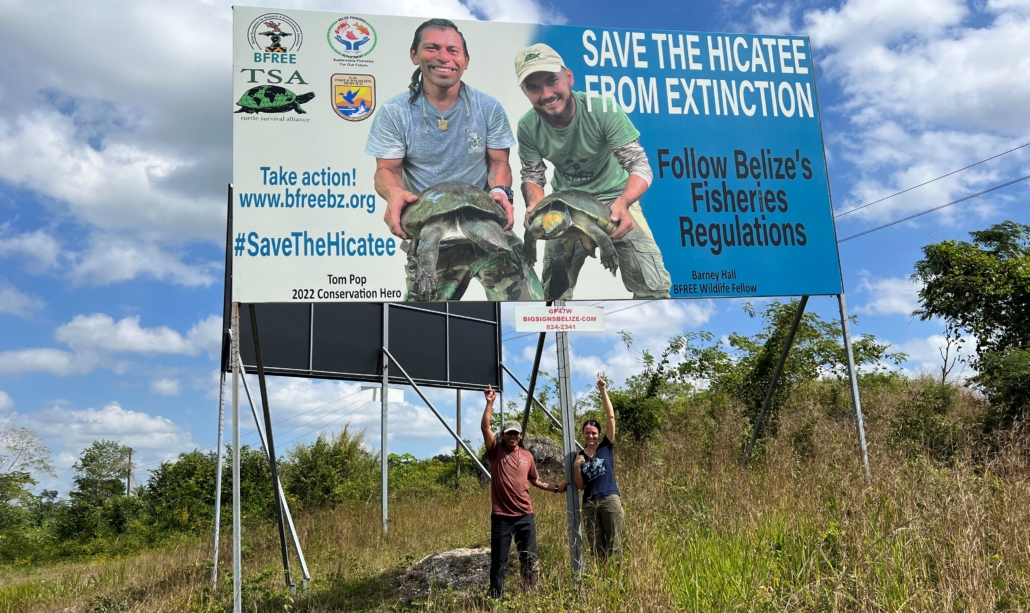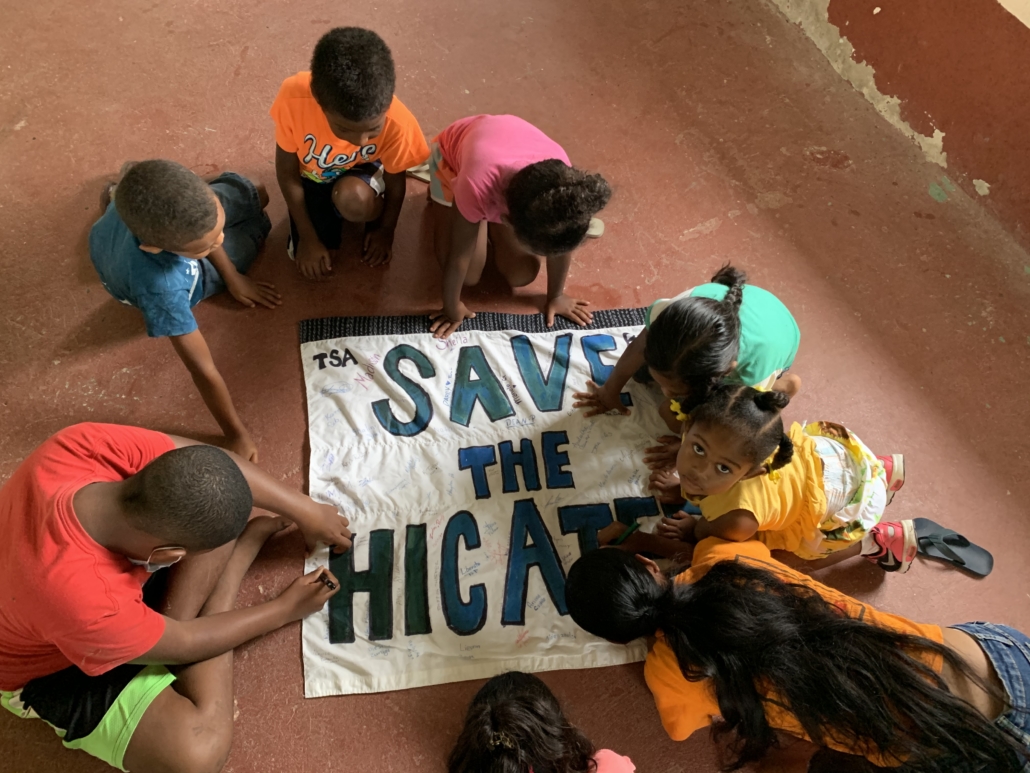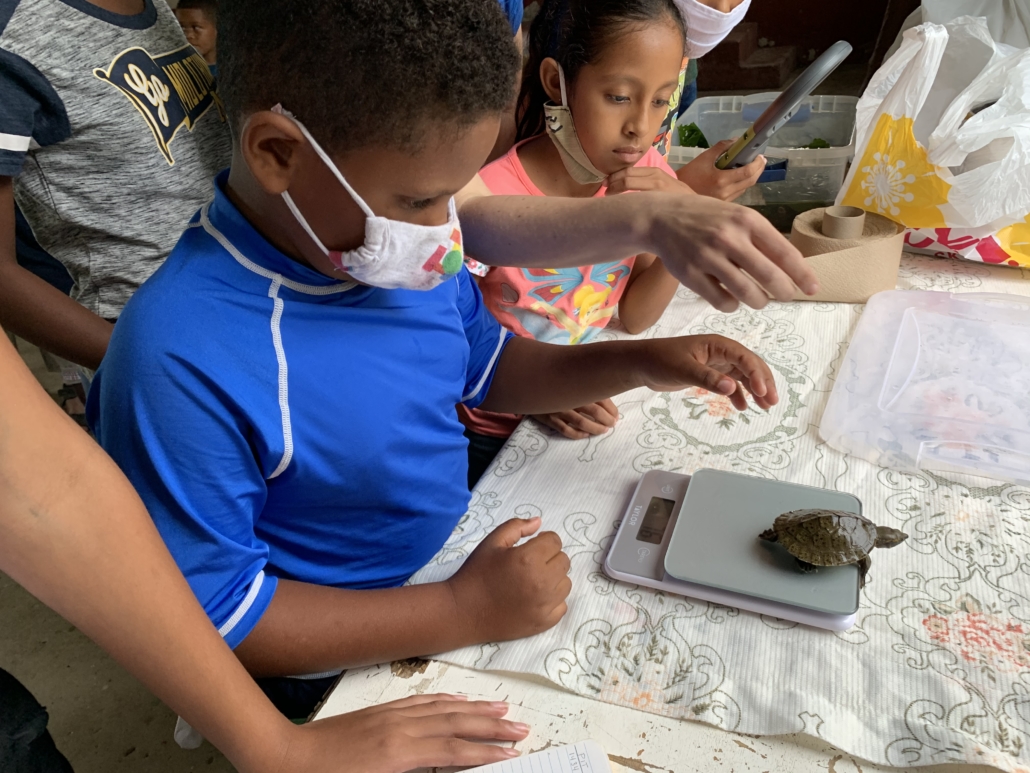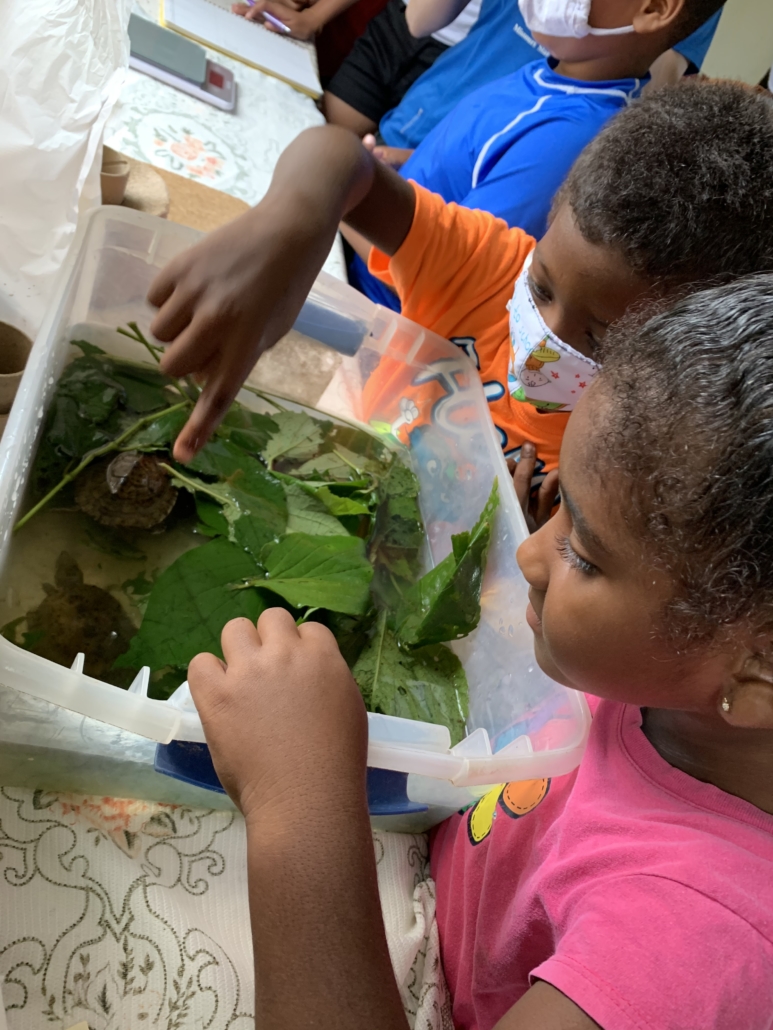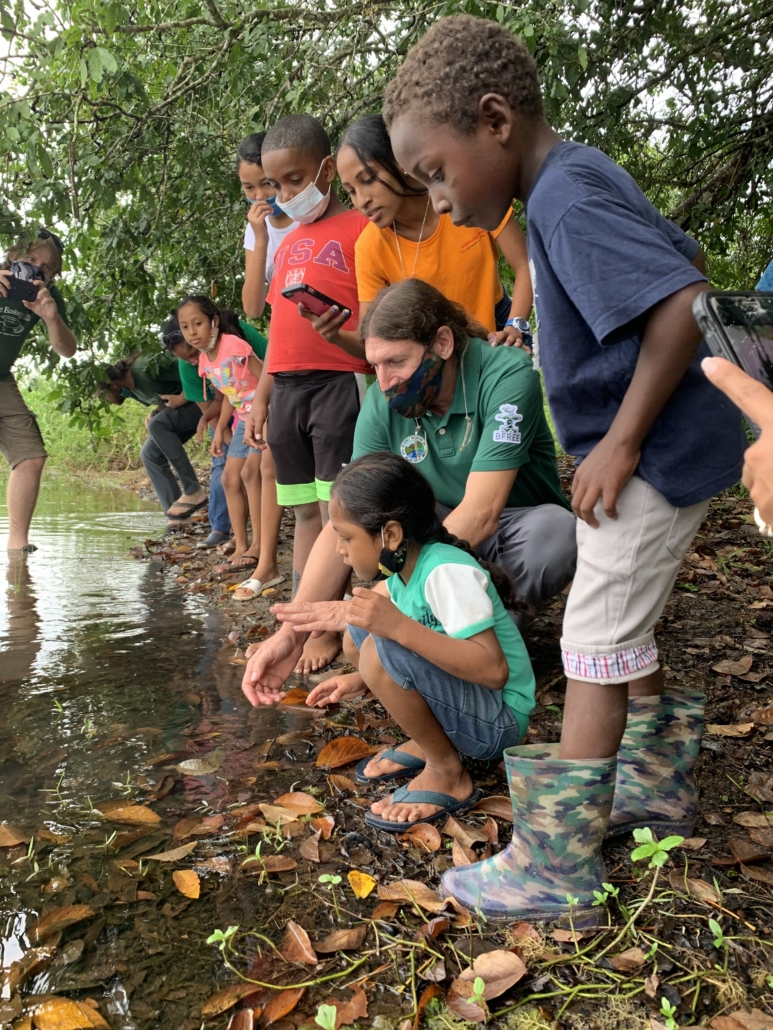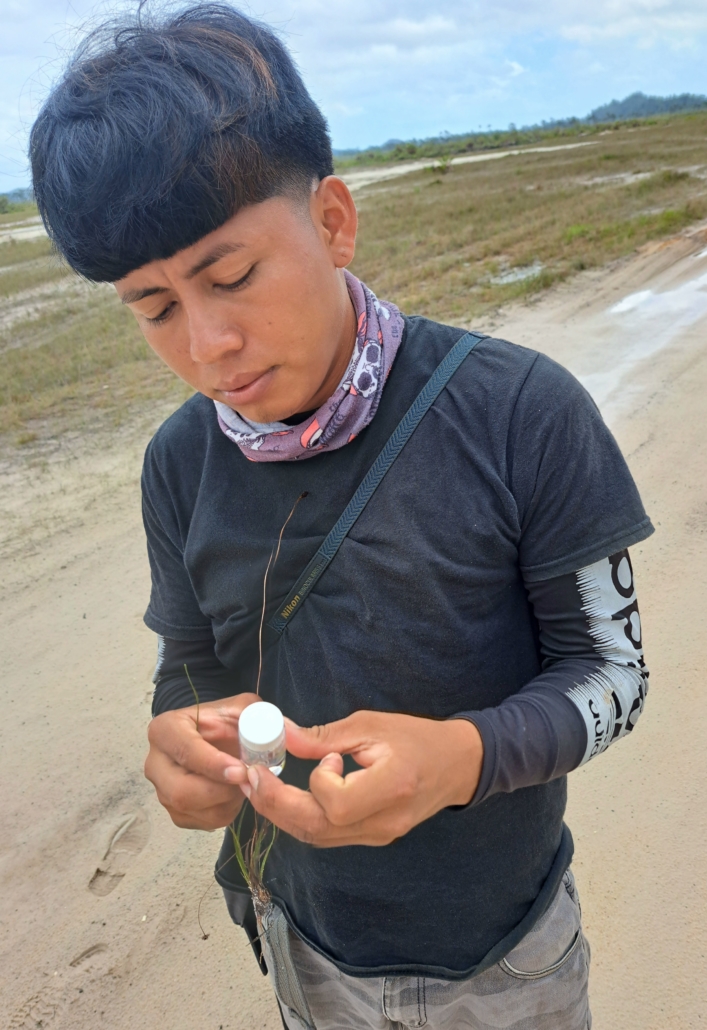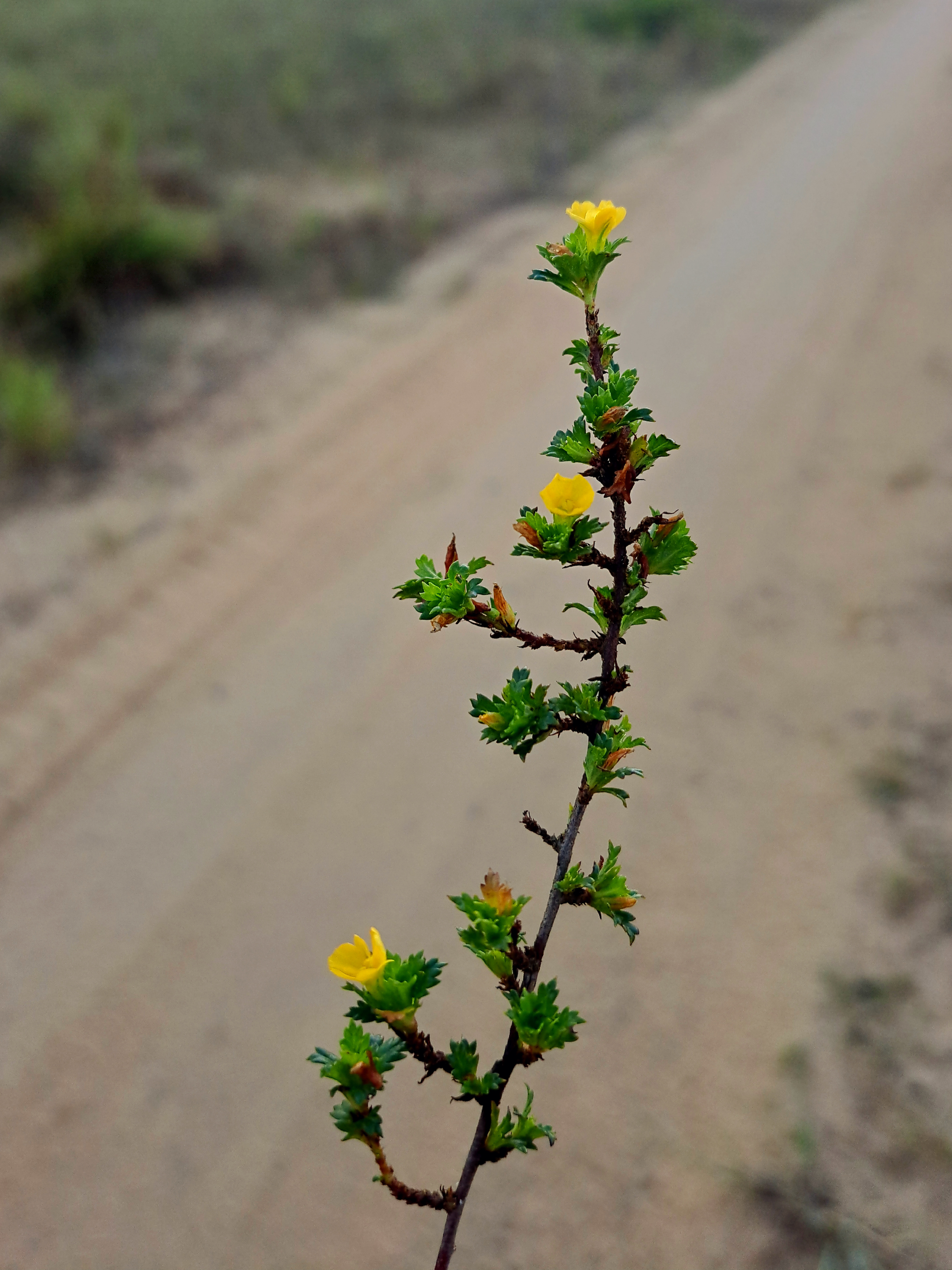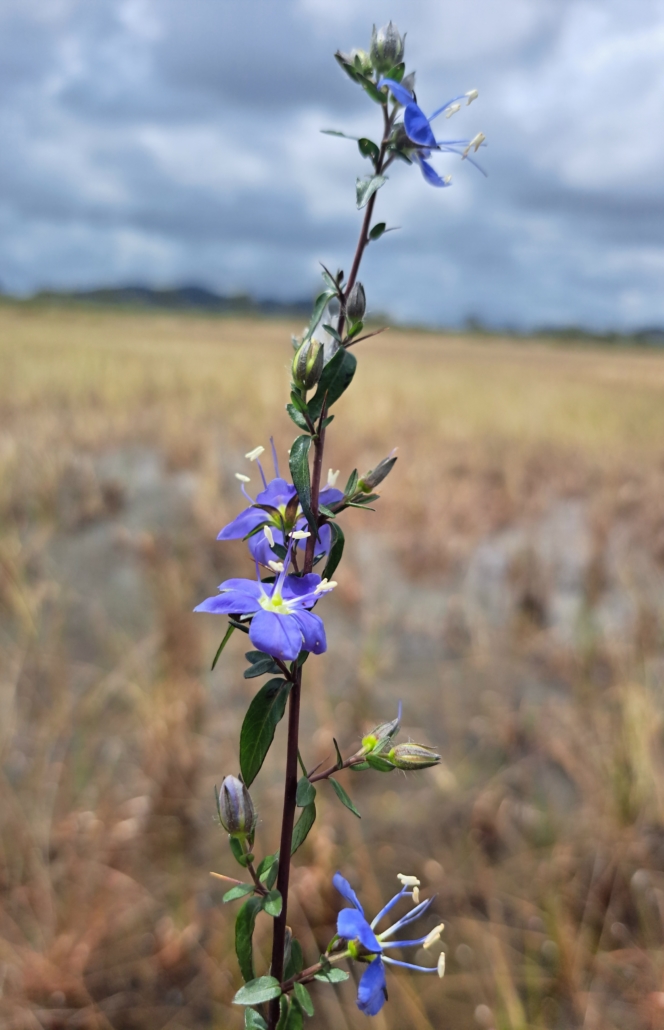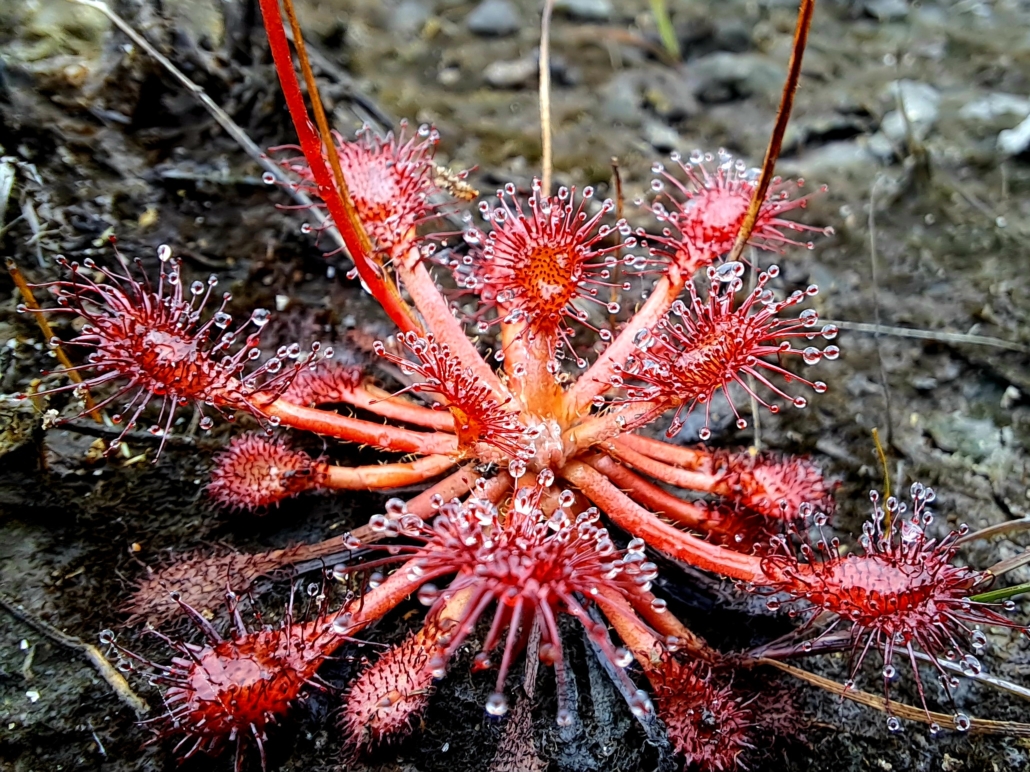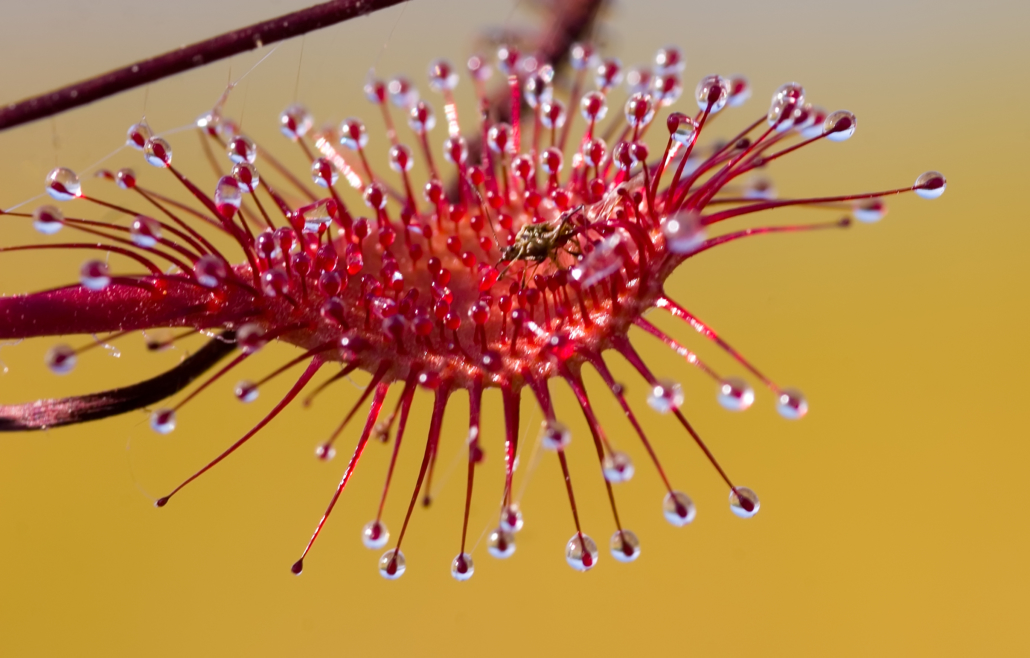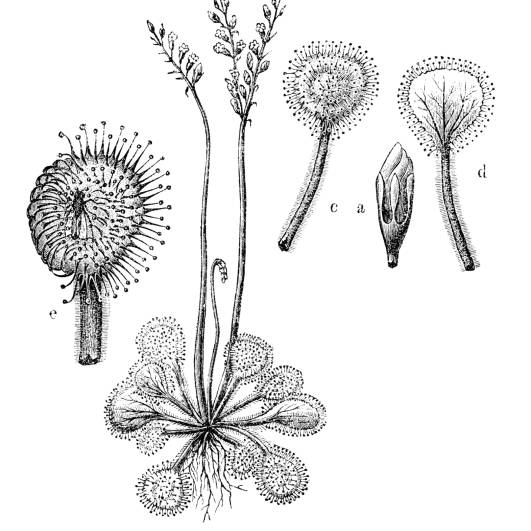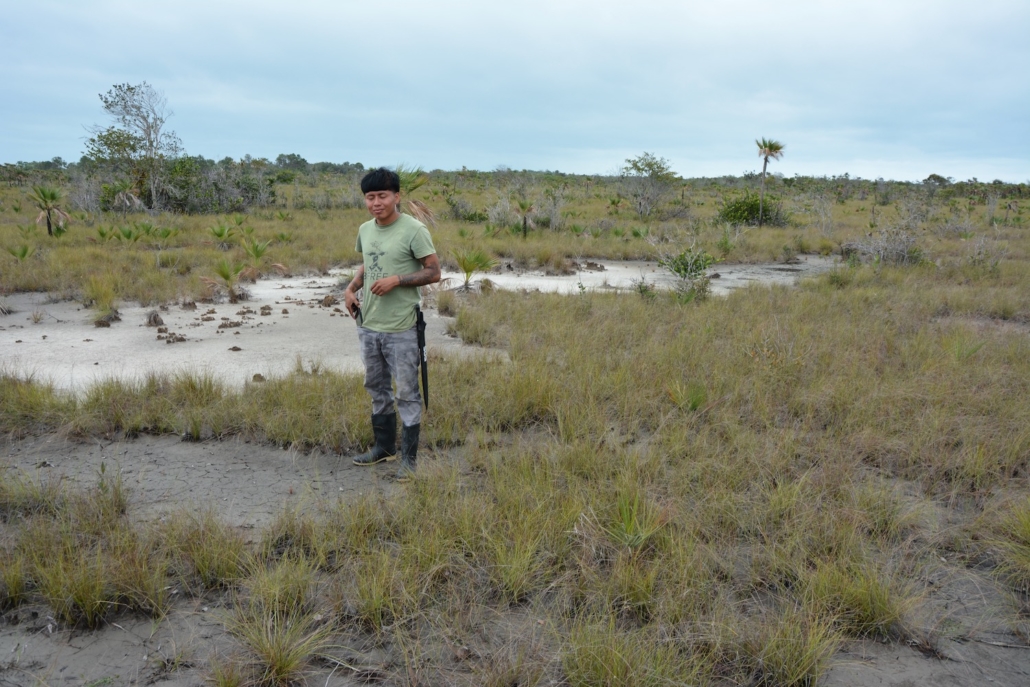Creative Courses in the Jungle
The BFREE field station serves as an oasis optimal for artistic pursuit, retreat, and growth.
January 2023
I spent two weeks at BFREE as an undergraduate student while completing a course called Travel Writing through Bethel University. When I registered for the course I knew almost nothing about the country of Belize and certainly did not know what “travel writing” was, but the photos of serene green rainforest and promise of an off-grid experience convinced me it was worth my time. My weeks were full of trail hikes, back floats down the Bladen River, dinner conversations under bay-leaf-thatched-roof, choreographed dances to honor the Hicatee turtle, asking the staff every question I could think of, and listening intensely as they answered. These 14 days changed my life.
The writing course had two main goals: Consider how to live a fuller, richer, more generous life, and explore various forms of travel writing through reading, discussion, writing, and revision. Our writing should be spurred by our experiences, but what we wrote was up to us. While this style of travel writing could be completed anywhere, there were many aspects that made BFREE the perfect location.
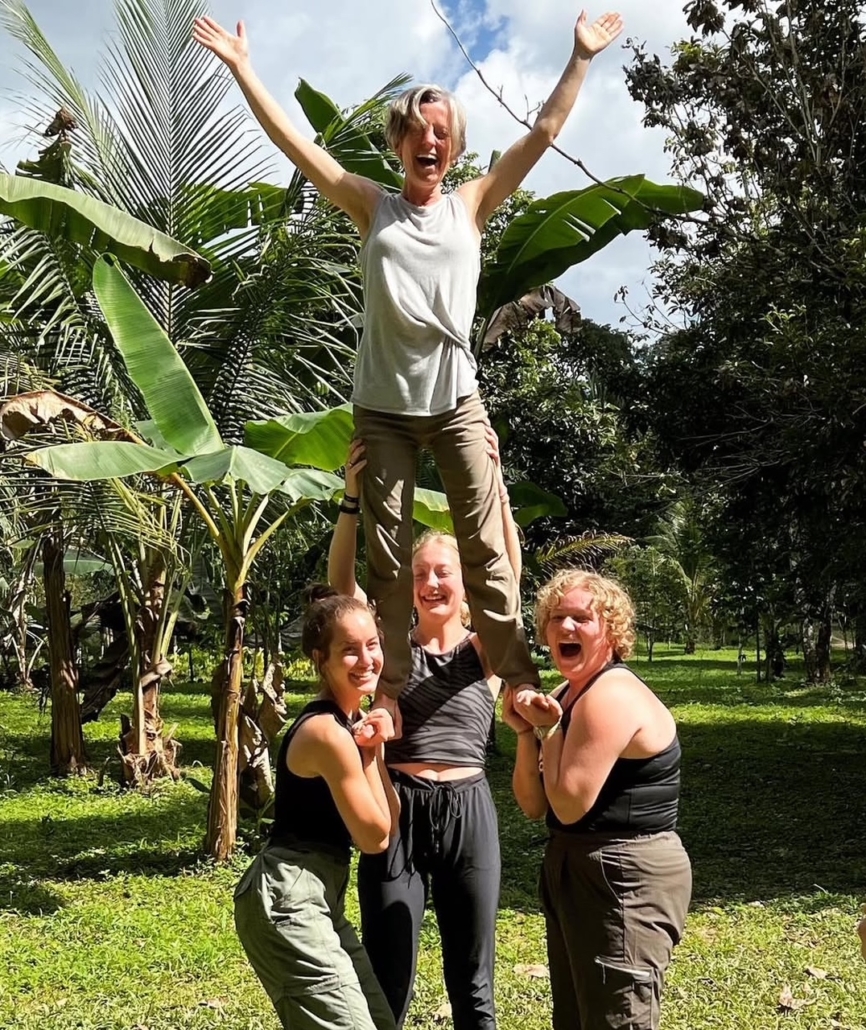
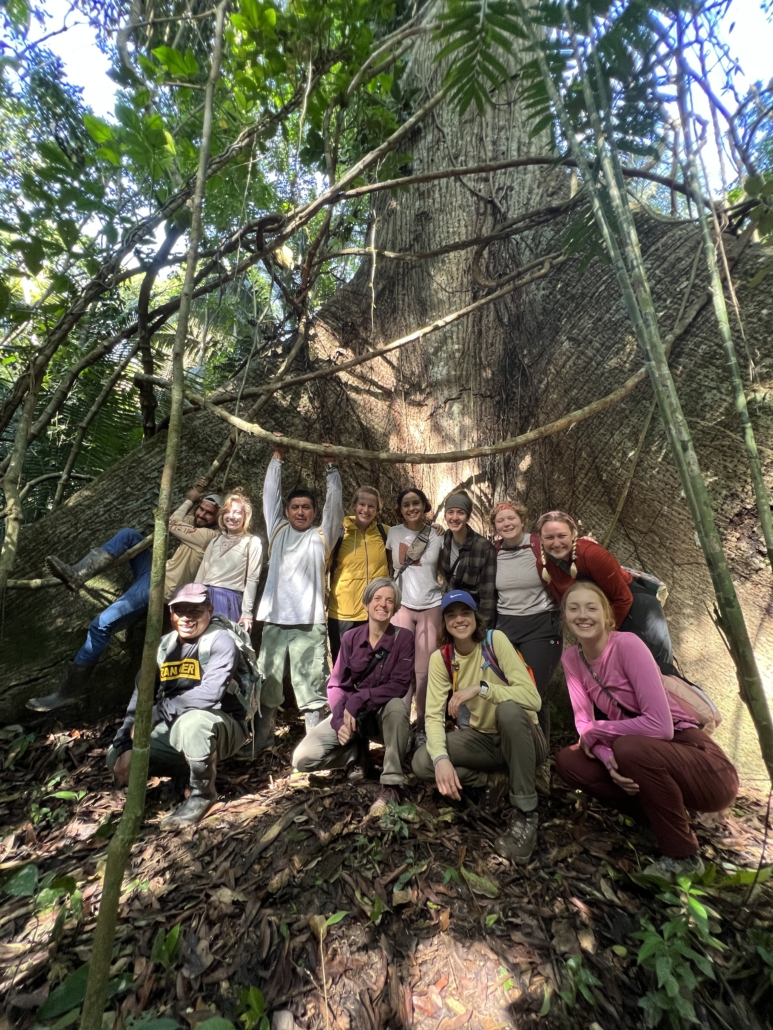
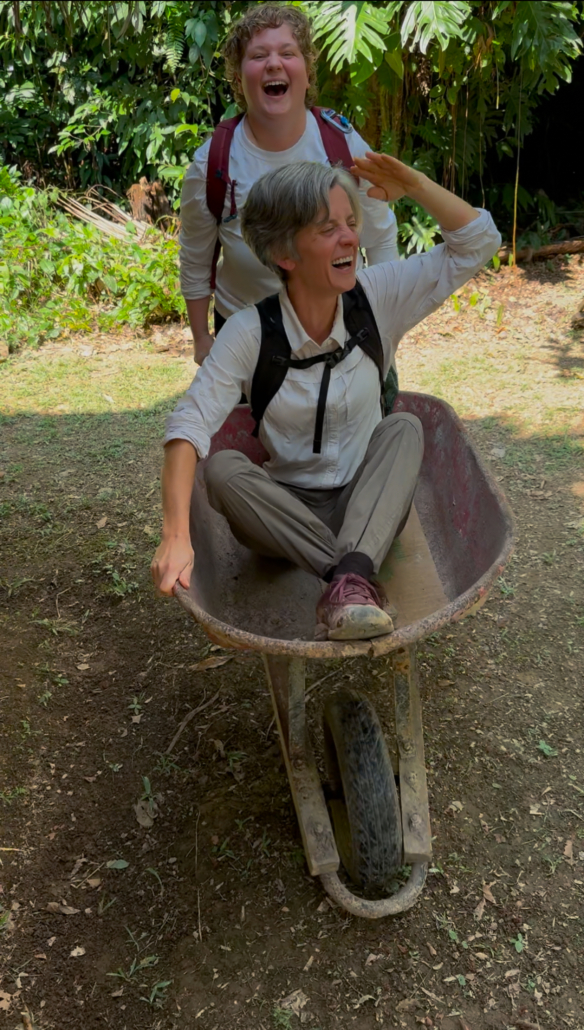
Being off-grid benefited me in many ways, the first being that it allowed for a rich connection to form between myself and my fellow travelers, as well as with the BFREE staff. We spent so much time being genuinely interested in each other, allowing us to form life-long friendships and grow connections that provided insight into what I would write about. My writing throughout the course ranged from journalistic profiles to reflective prose, scientific research summaries to poetry. The complete immersion in nature that BFREE provided me fed my creative bones. Imagery and detail flowed out of me in this jungle oasis.
While at BFREE I grew not just as a writer, but as a person. I left more connected to the Earth and my body, and I left with new goals. I wanted to live boldly in big ways–like changing my major–and in small ways–like dancing freely in grocery stores when a good song comes on. I gained confidence and perspective that I now carry with me into every aspect of my life. So, when I was asked by professor April Vinding to serve as the Program Assistant for Travel Writing after finishing my degree, and return back to Belize with her, it was an easy yes. If those two weeks I spent at BFREE as a student could affect the way I live so drastically, I had to share that with more people.
January 2025
On January 7 I hiked the six miles back into the cove I left two years before. I memorized poems while I walked and prepared for a “homecoming” of sorts, picturing myself stepping into the kitchen and hugging the friends I thought I had no chance of ever seeing again. It was a sweet welcome back to the rainforest. I was a different person, with a new group of people, but the spirit was the same: We were there to create and grow. The students brought new perspectives I hadn’t considered, and they asked questions I hadn’t thought to ask. I was grateful for their presence, because while I hoped to teach them something during our time abroad, they taught me too.
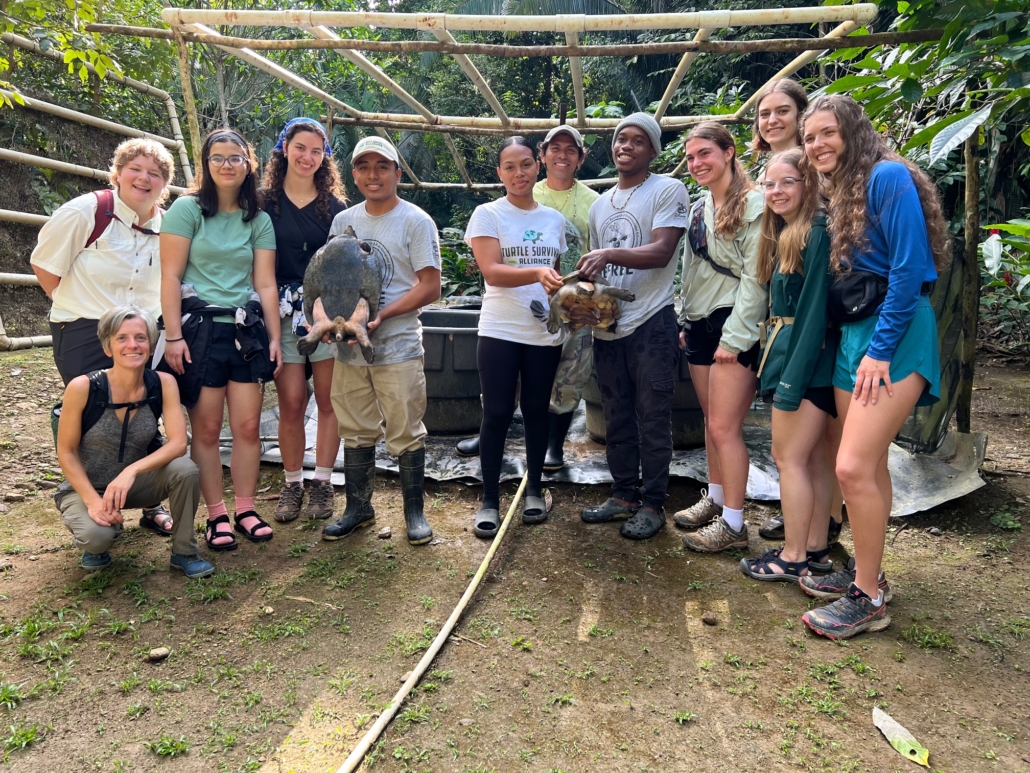
Now, after two trips to BFREE, I know with good confidence I’ll be back again.
I wrote as a student, after returning home from the study abroad trip, “I travel to find those pieces of my heart I didn’t know were missing. I’m more whole since visiting Belize, but I understand now there’s more pieces out there. More people to meet. More stories to write. More of myself to grow into.” That feels even truer now, and after witnessing students experience this same phenomenon this year, I know there’s something about BFREE that helps cultivate this feeling.
There’s something about BFREE that makes it the perfect place to embrace change and creativity.
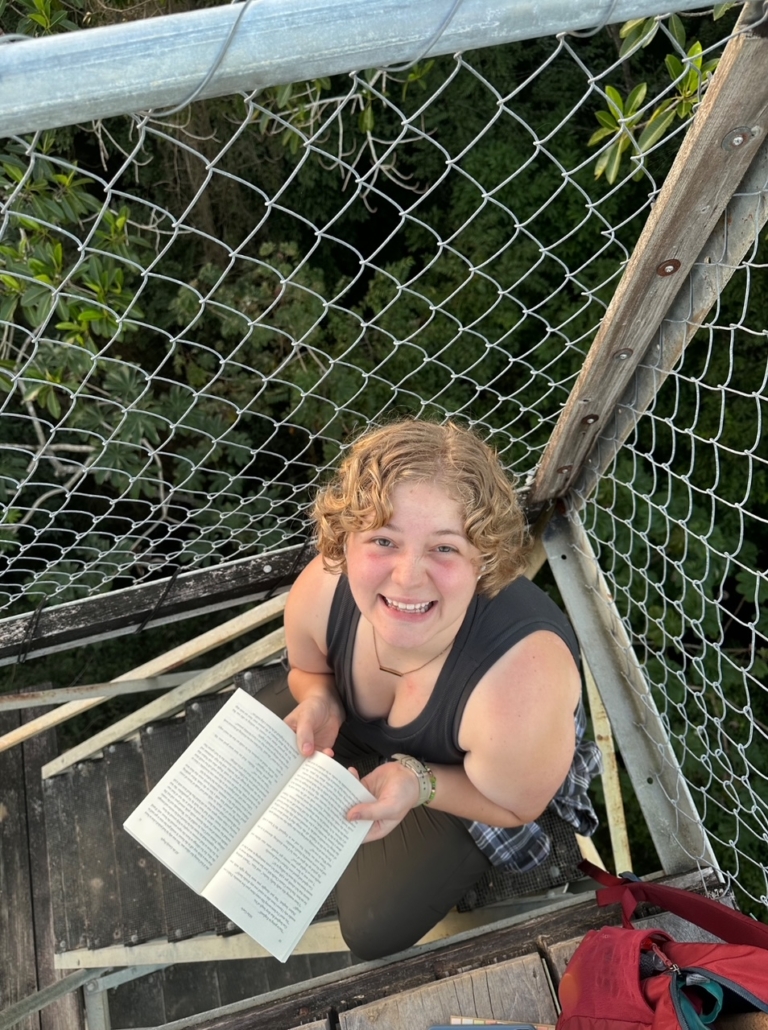
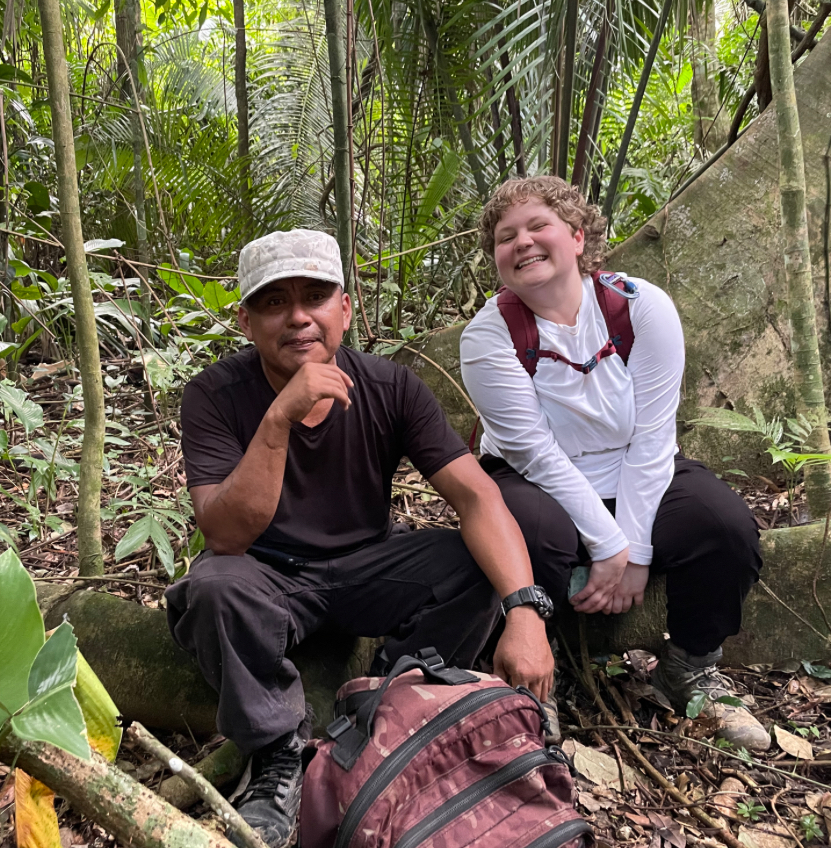
Interested in reading other writings by Molly McFadden? You can find more in her portfolio.
And this article on medium.com (about her first trip to BFREE).

